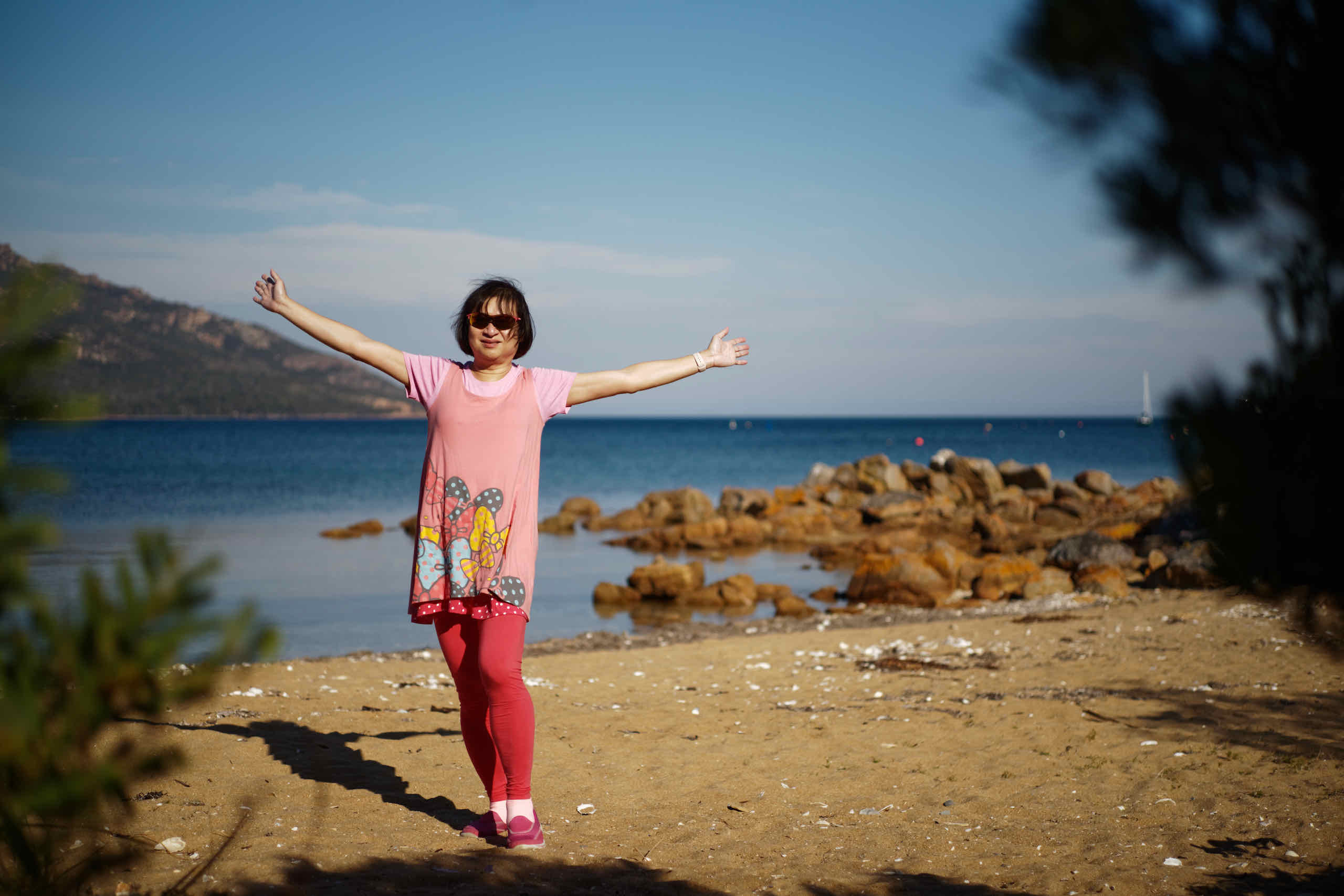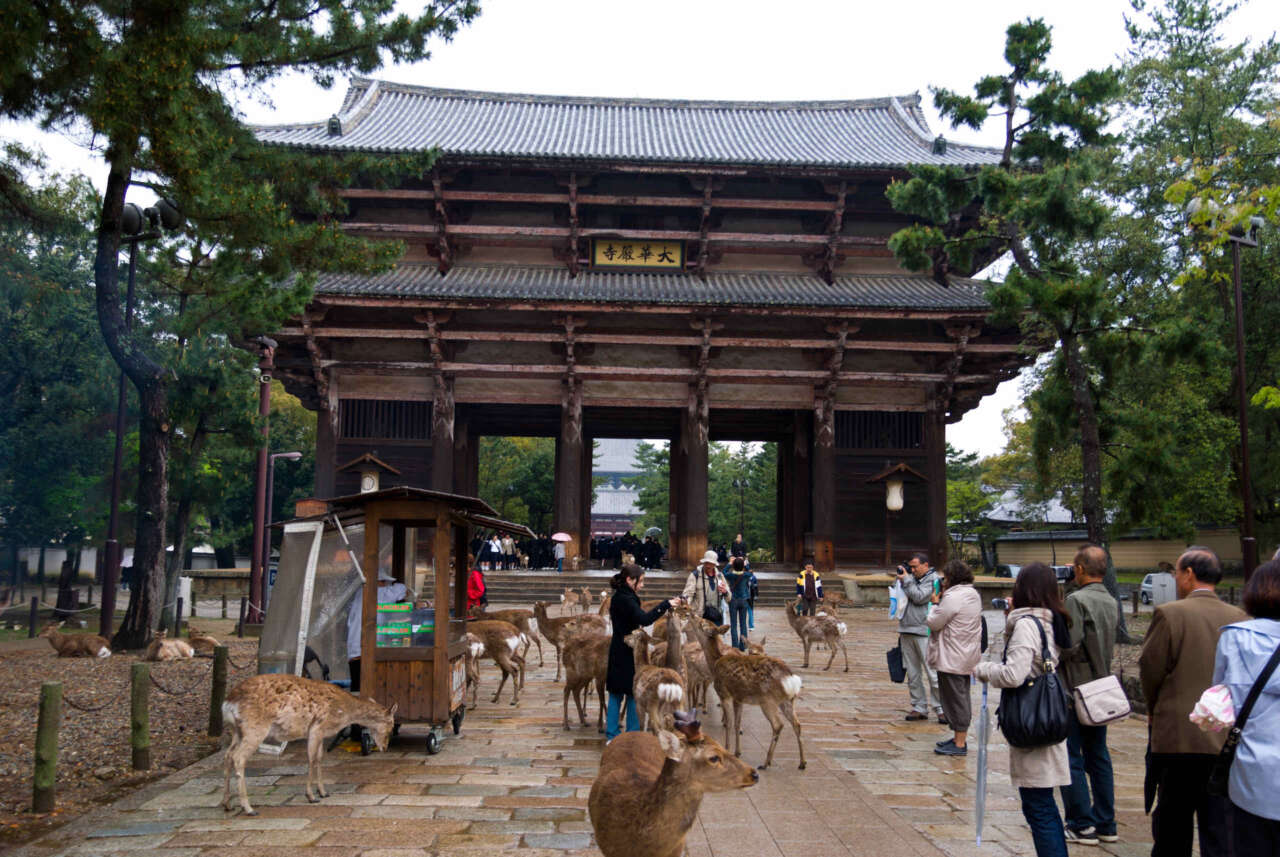
Toudaiji is one of the Seven Great Temples in Nara and part of the World Heritage Site. We entered it via the Nandaimon (Great South Gate).
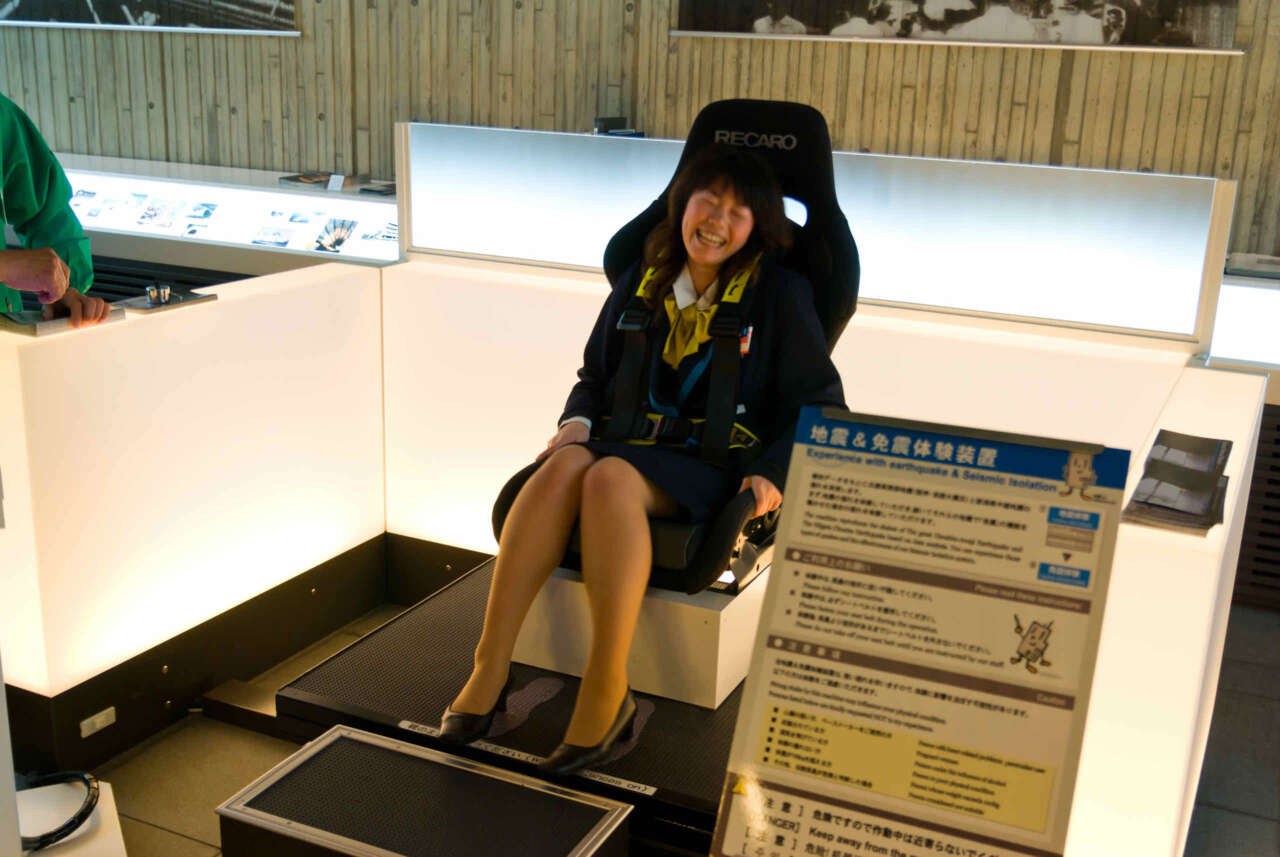
Nara is the ancient capital of Japan. We begin our visit at the Okumura Museum, with an interesting earthquake simulator.
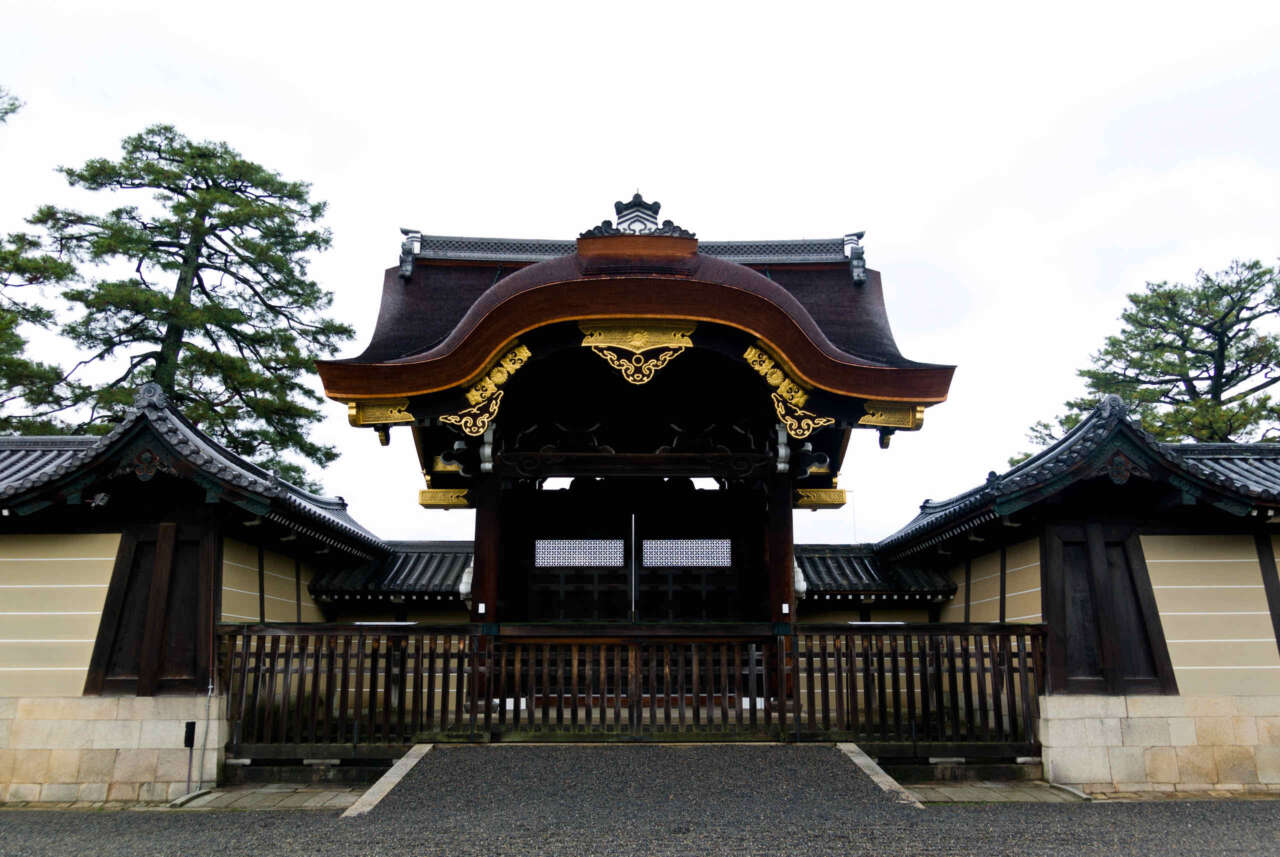
Kyoto Gyoen is a national park at the heart of Kyoto that features nothing less than an Imperial Palace, the former residence of the Emperor of Japan.
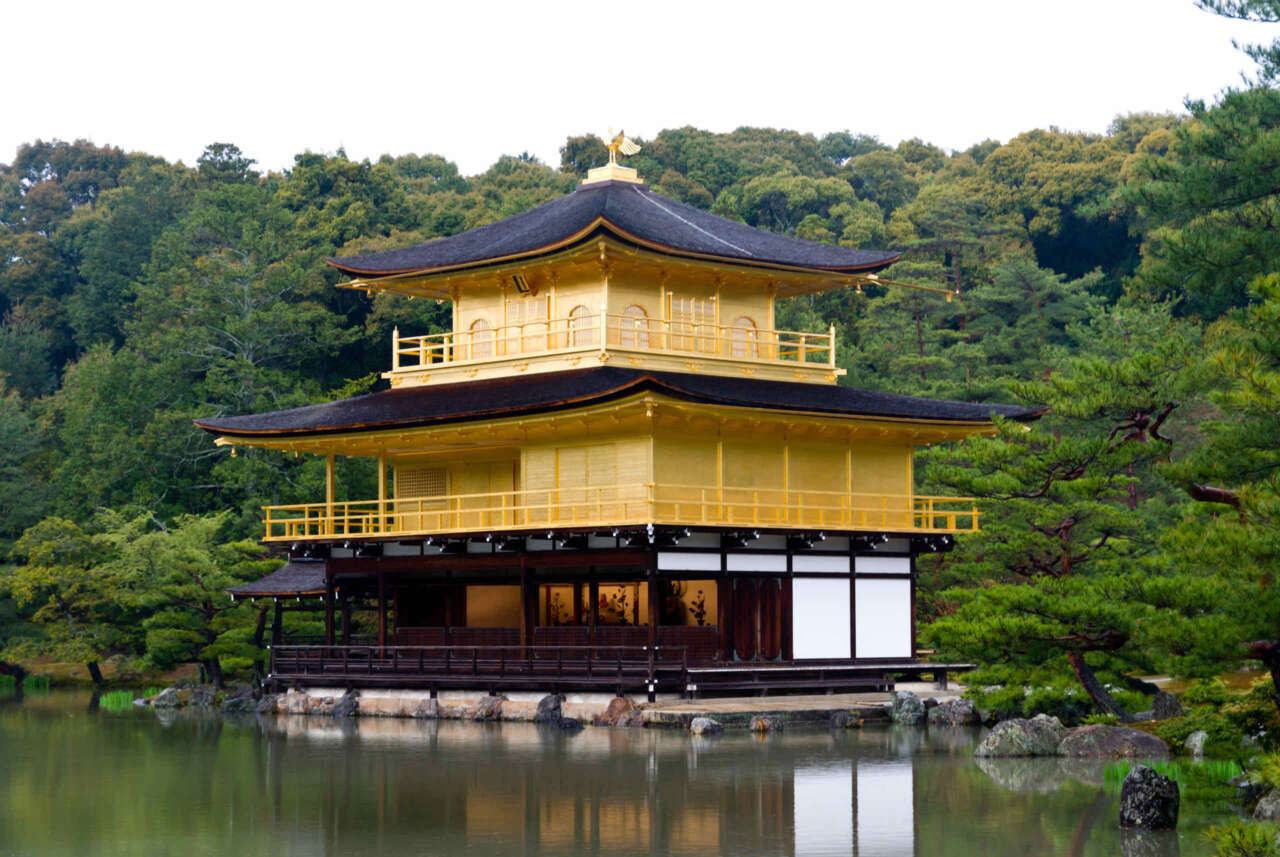
Kinkakuji , also known as the "Temple of the Golden Pavilion", is so famous that it is the subject of the novel by Mishima Yukio.

Nijou Castle was commissioned by Shogun Tokugawa Ieyasu as the residence for the Tokugawa clan when they are in Kyoto.
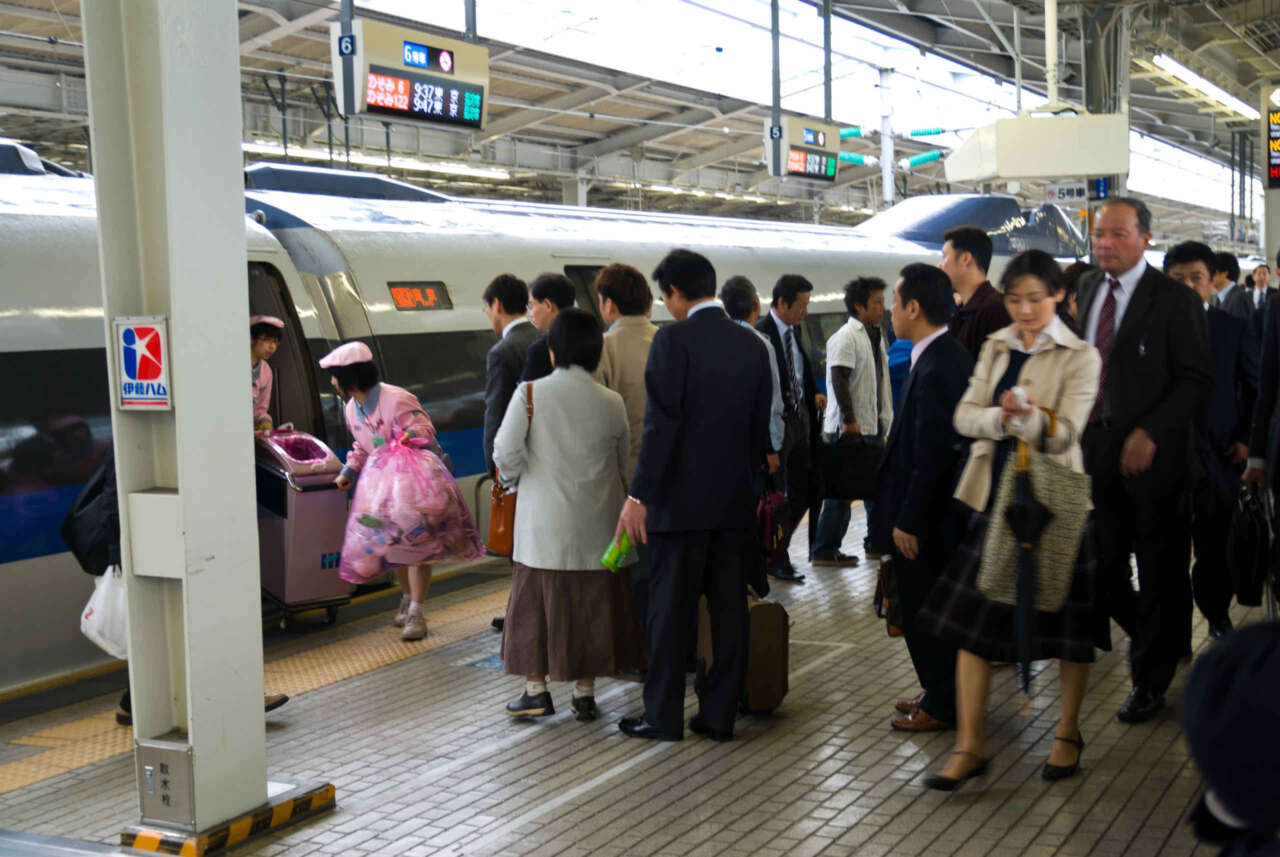
Today we are planing to do a day trip from Osaka to Tokyo via Shinkansen. We hope to visit as many sights as we can in a day.
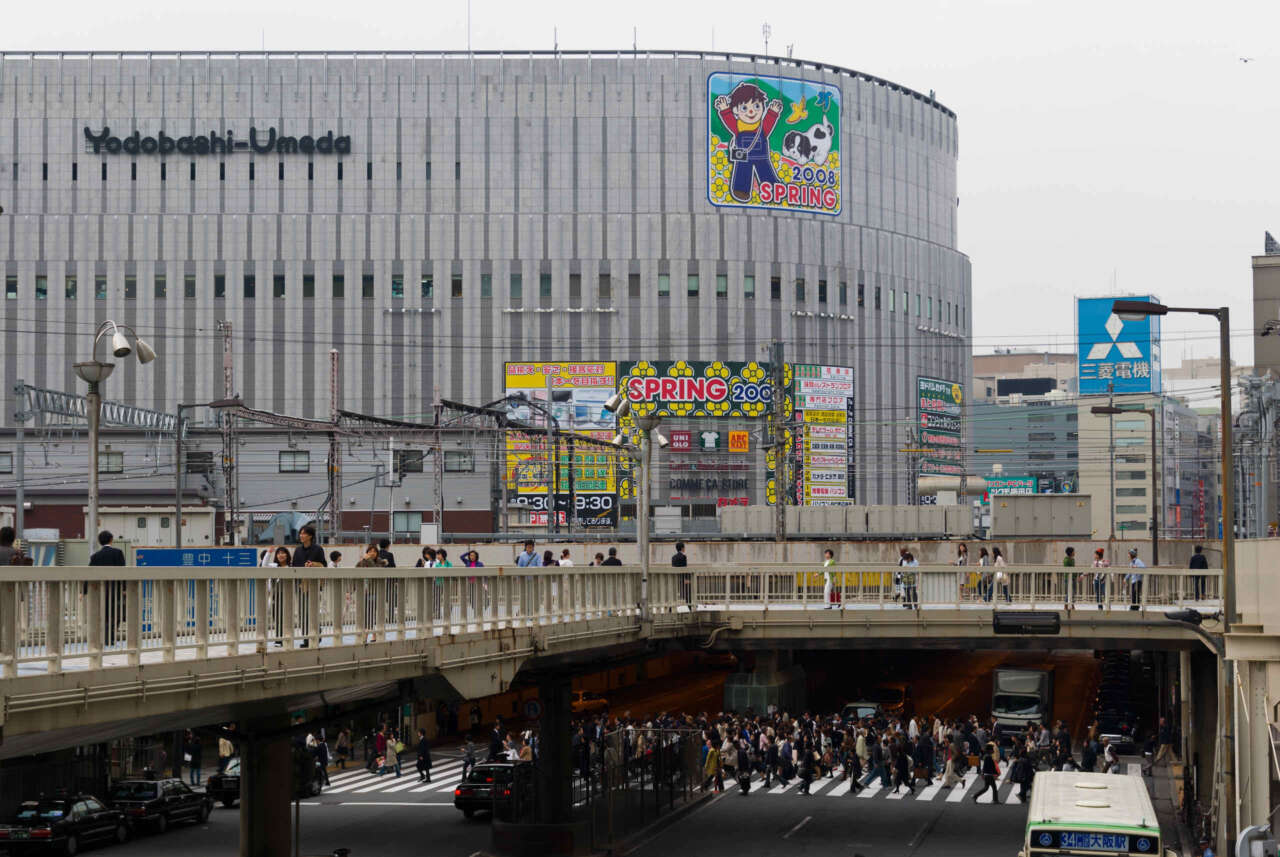
Umeda ("plum field") is a major commercial, business, shopping and entertainment district, and the city's main northern railway terminus.
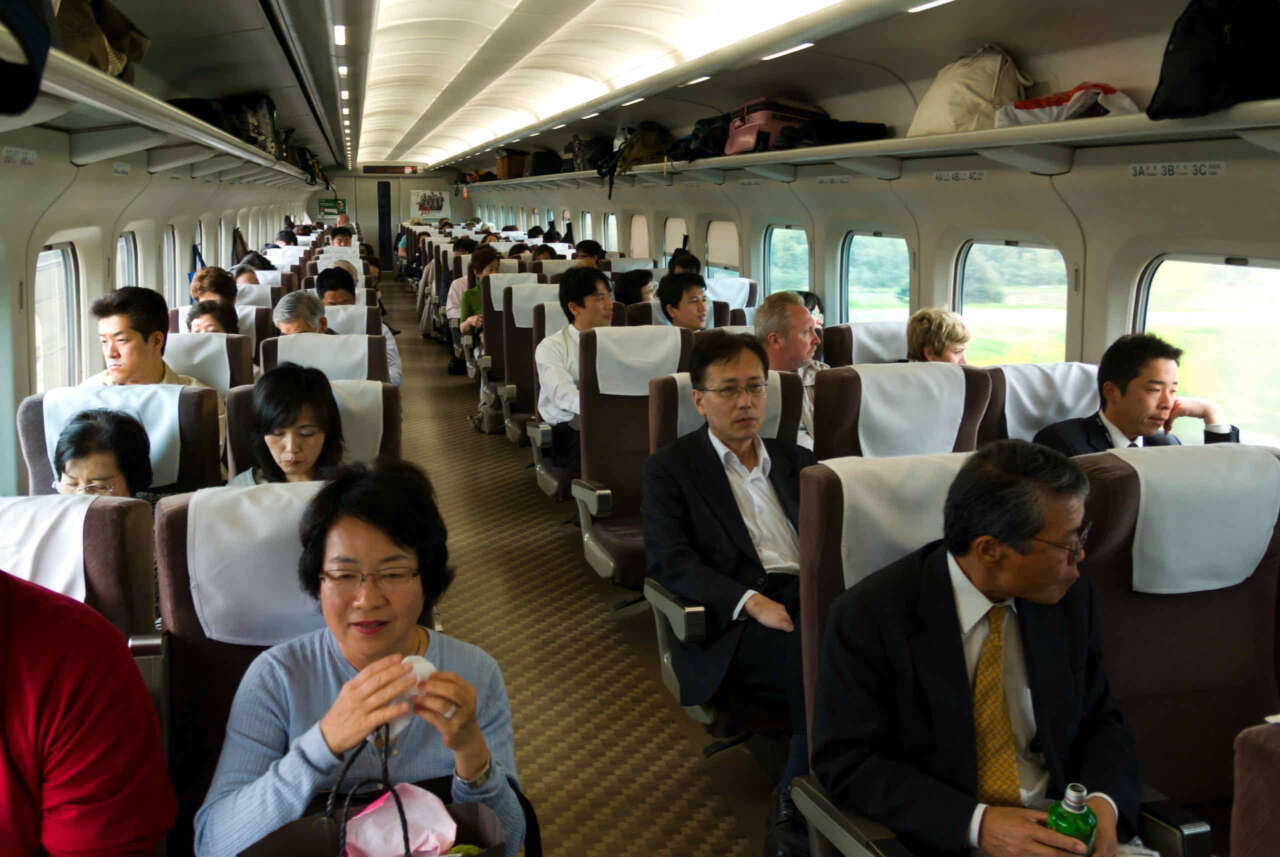
Our first trip on a Shinkansen (bullet train)! We travelled from Tokyo to Osaka, a distance of 515 km, in 3 hours.
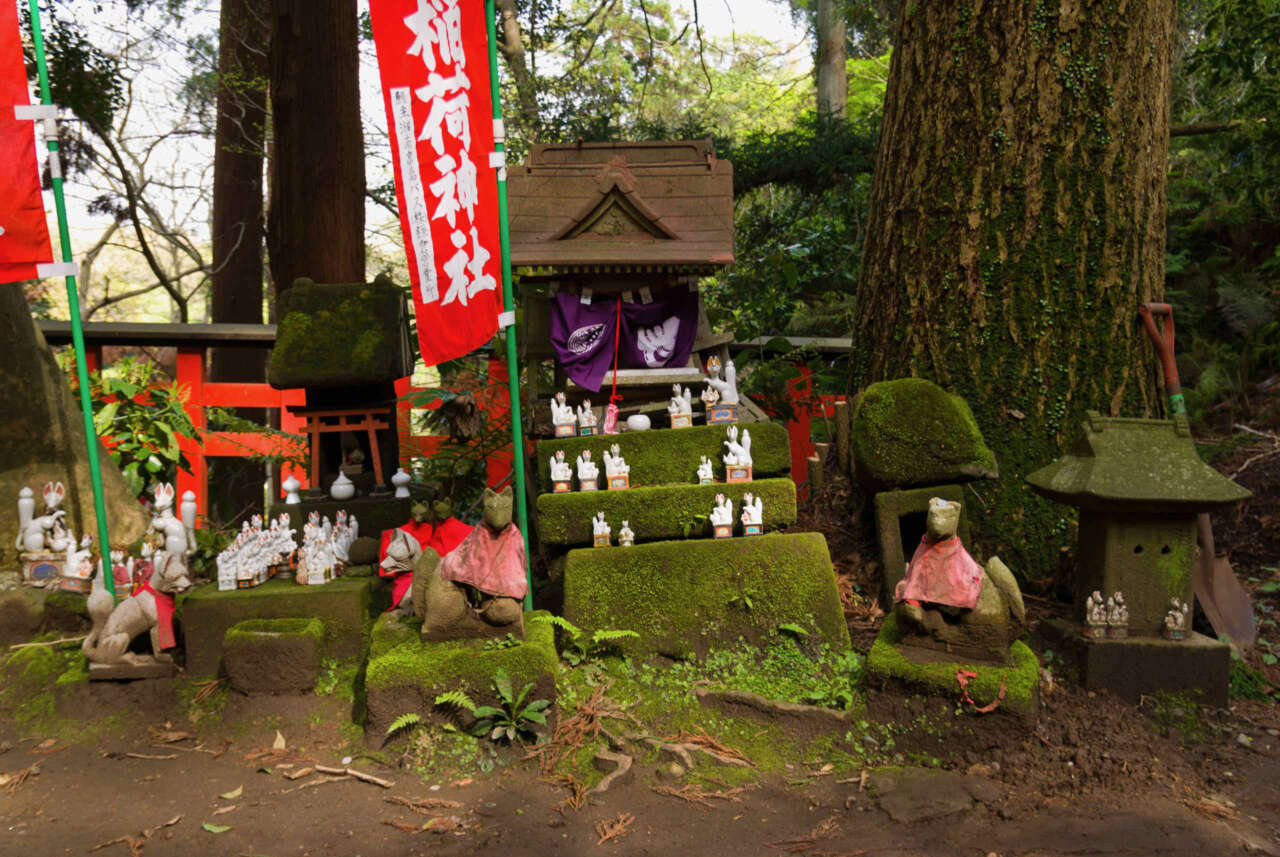
Sasuke Inari Shrine is a Shinto Shrine full of inari sculptures residing in miniature village on a hill reached by a path of red Torii gates.
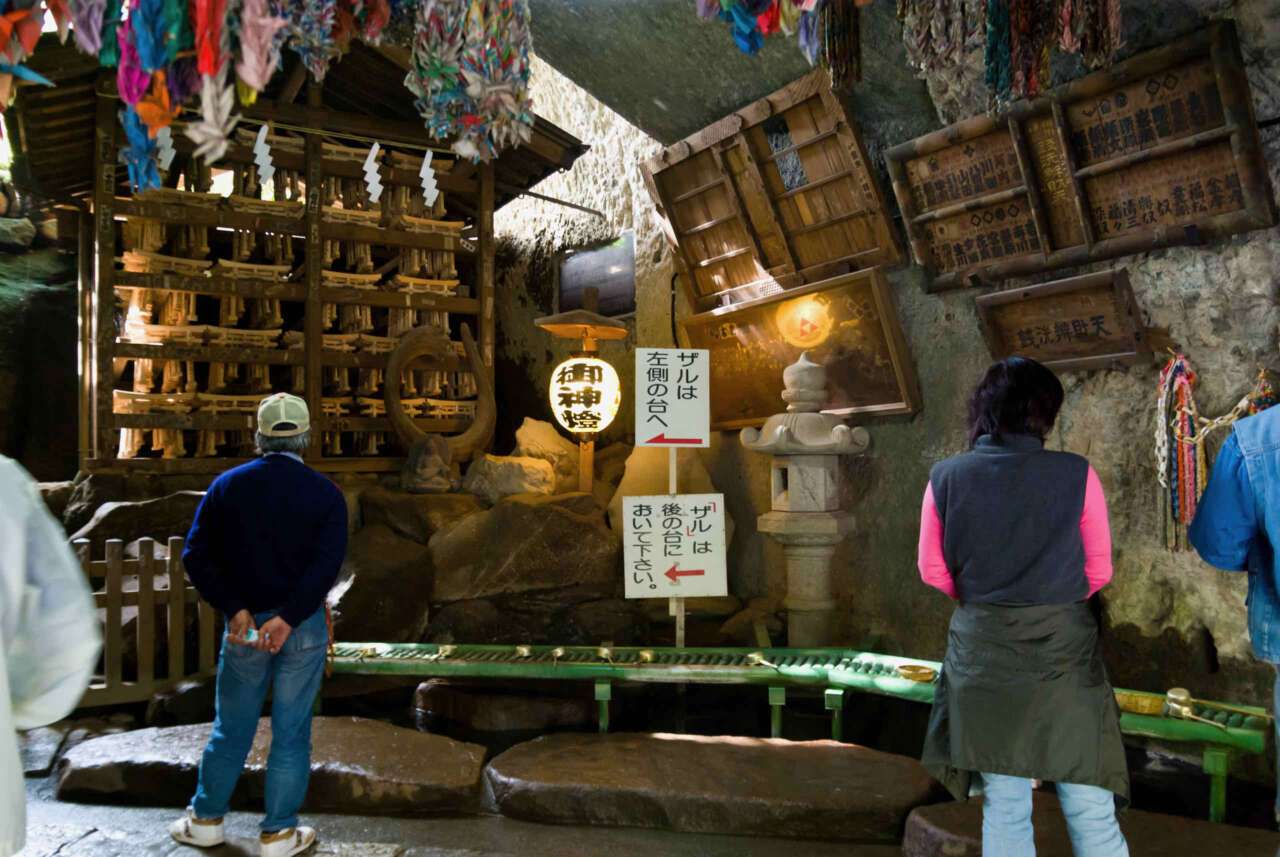
Zeniarai Benzaiten Ugafuku Shrine is nestled deep in a mountain completely surrounded by rocks, so it is totally invisible from the outside.
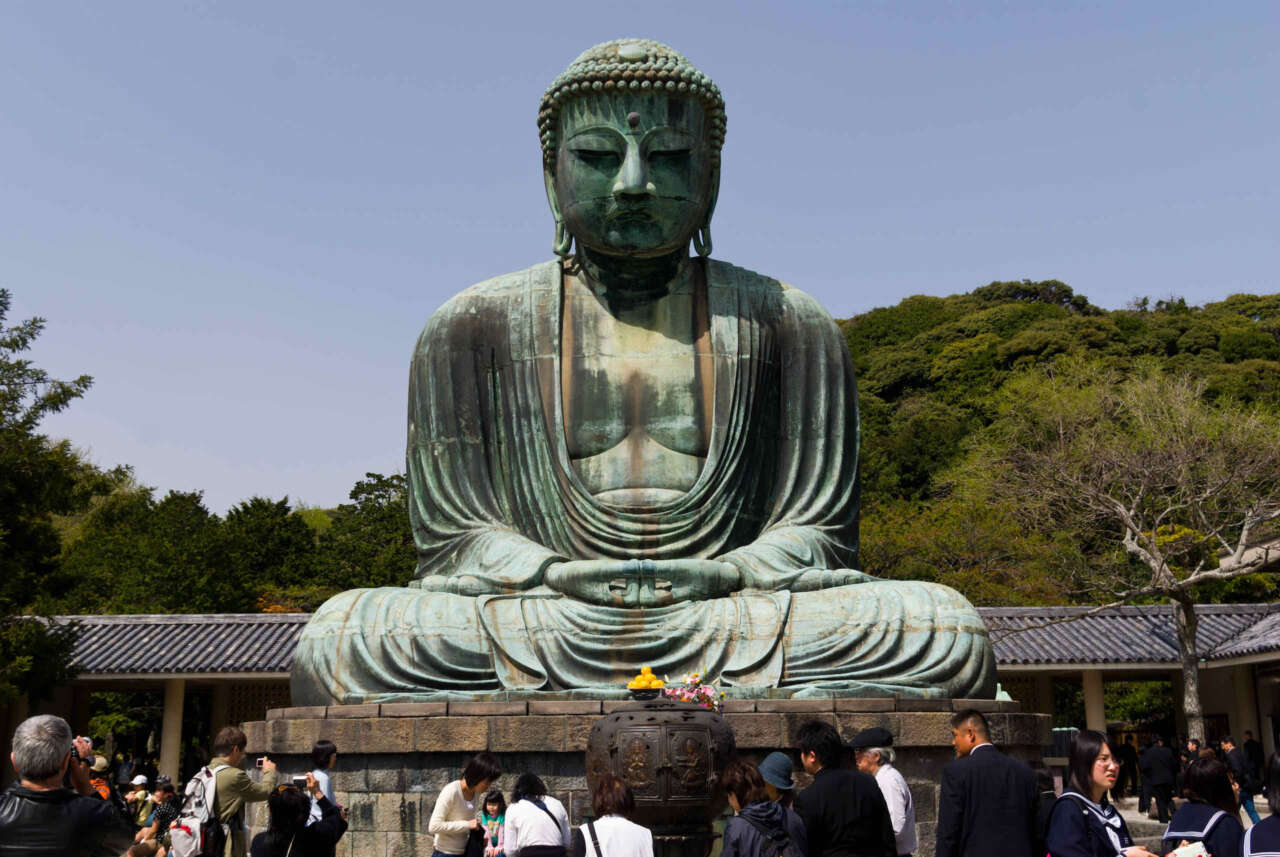
Kotokuin is a Buddhist temple renowned for The Great Buddha of Kamakura, one of the most famous icons of Japan.
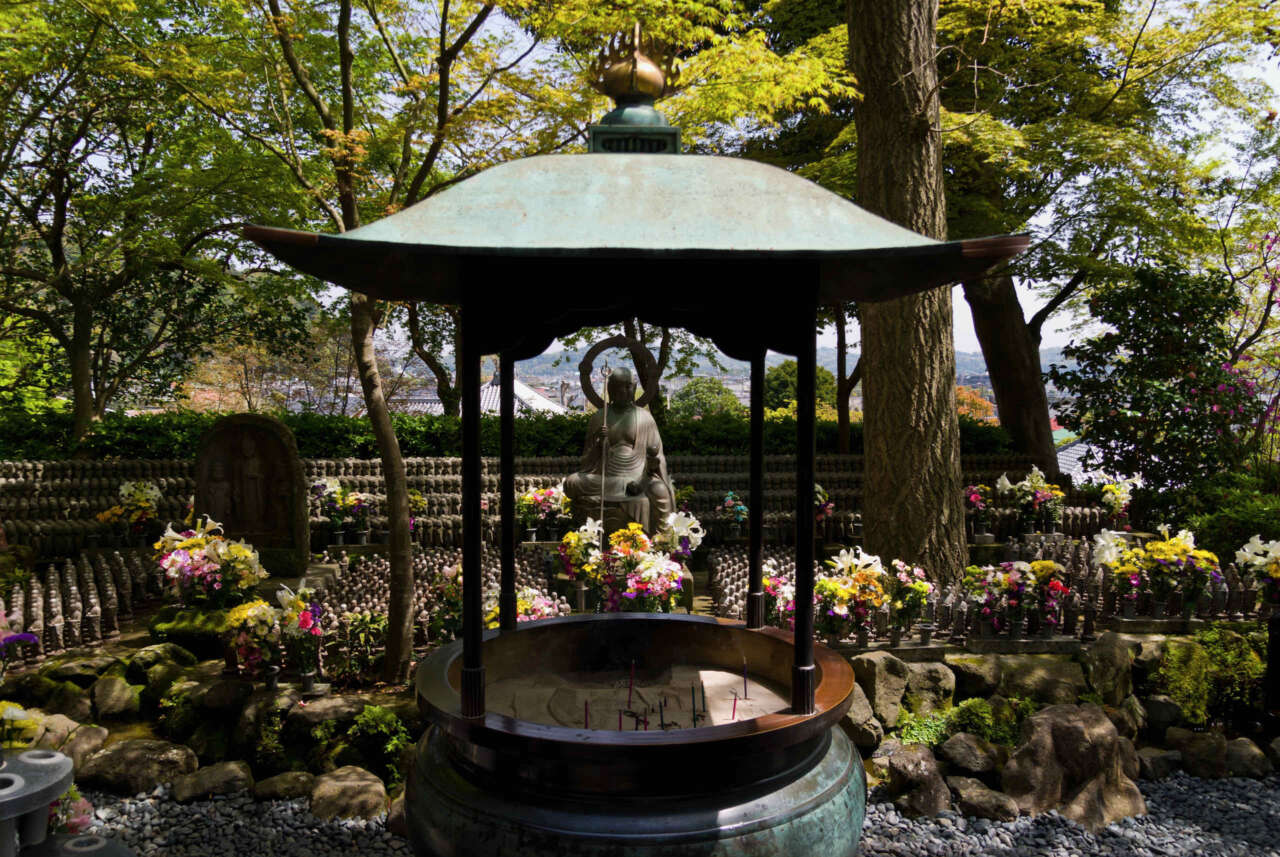
Hasedera, also called the Hase-kannon, is a Buddhist temple in Kamakura famous for its giant wooden statue of Kuan Yin.
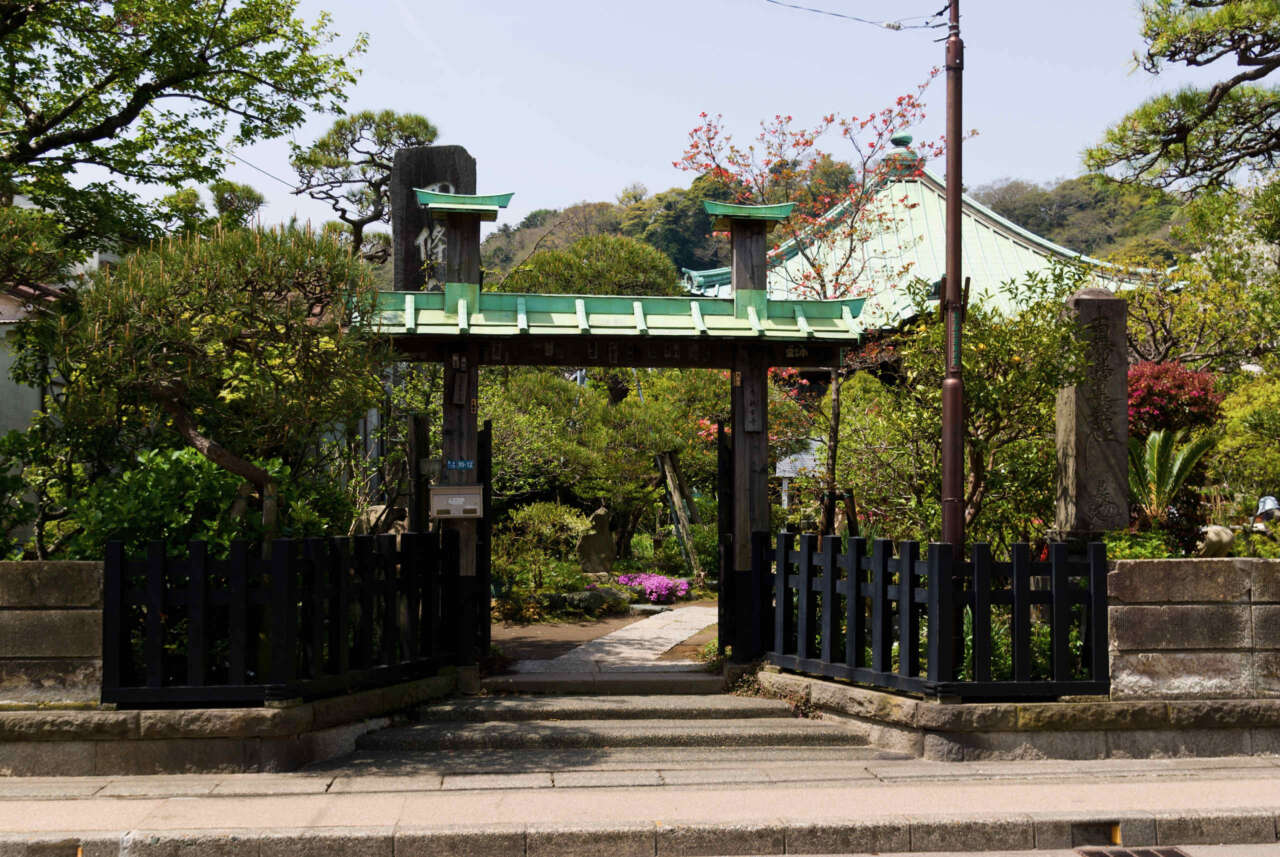
We visited Kamakura, a historical town. We discovered the Syuu Genji temple near the Hase station and some quaint shops.
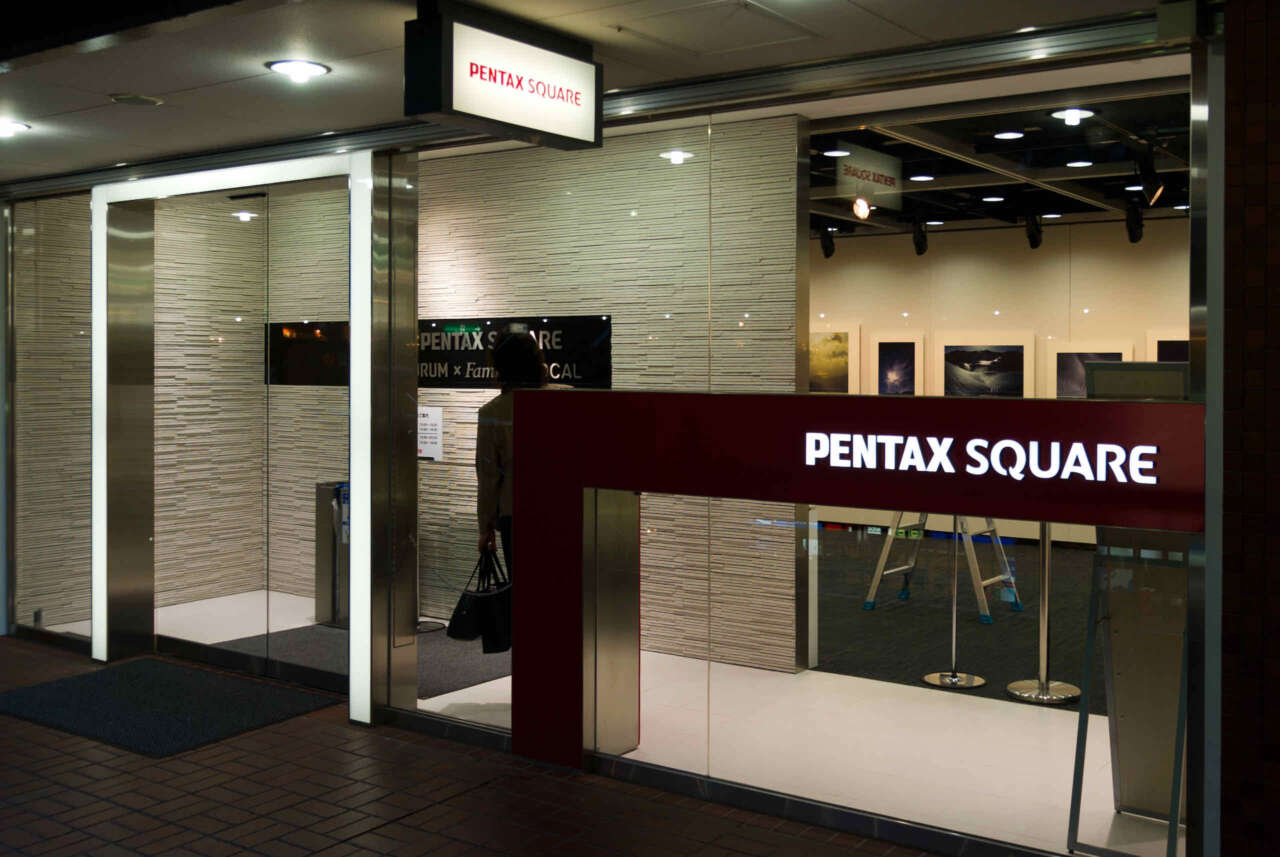
PENTAX SQUARE is a mix of photographic gallery (Pentax FORUM), users's education facility (Pentax FOCAL) and user club (Pentax Family).
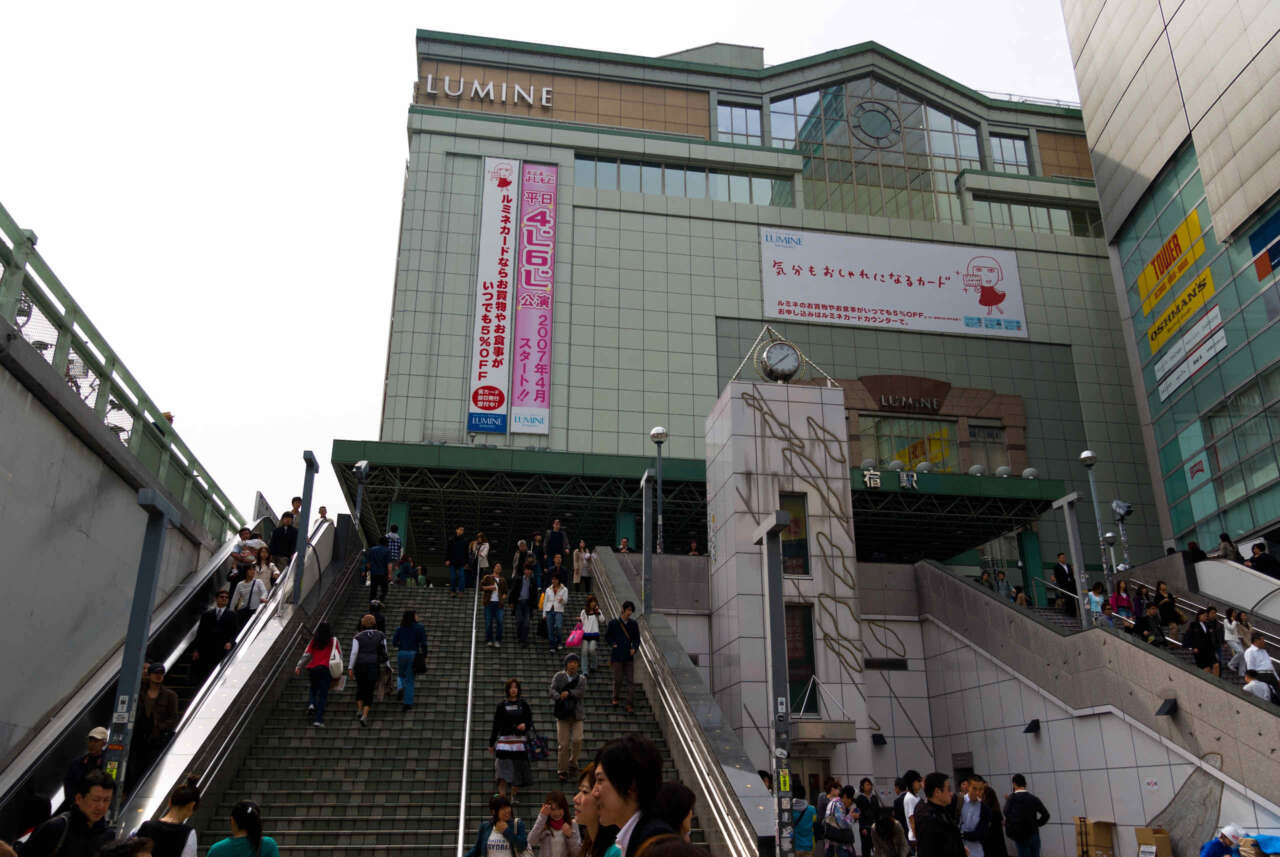
From Shibuya, we took train back to Shinjuku and explored the south side, as well as the side closest to our hotel.
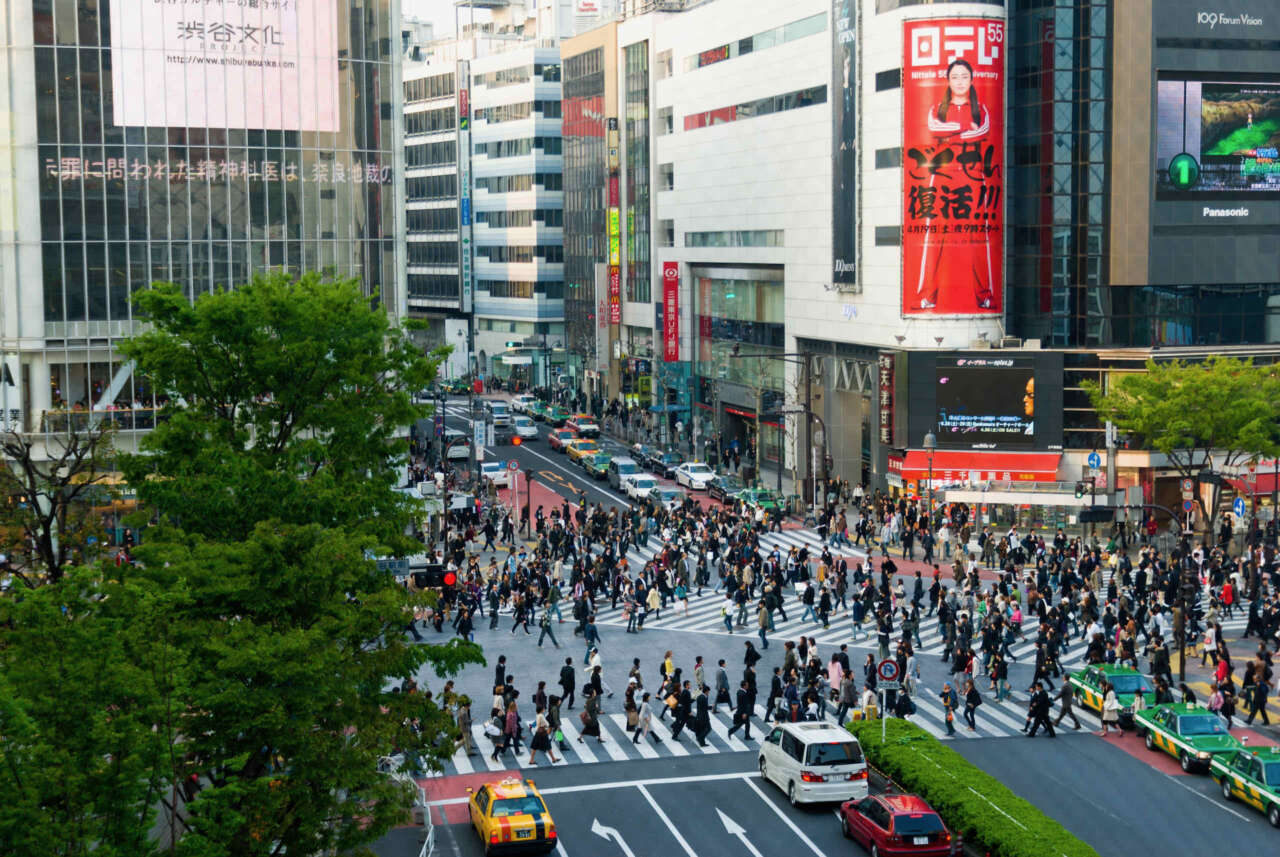
Shibuya is famous for the world's busiest pedestrian crossing, the statue of a loyal dog, and stylish fashion stores for young women.
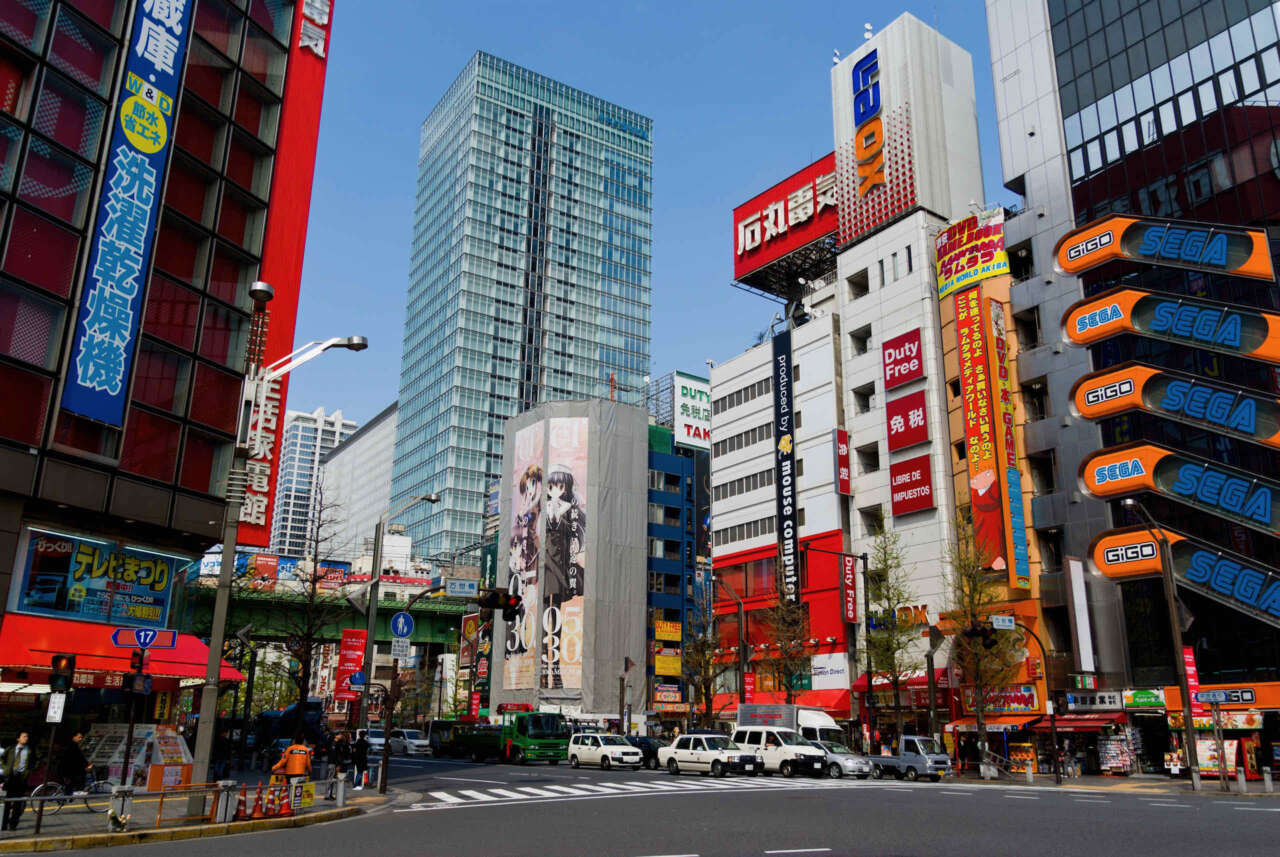
Akihabara is a suburb full of stores that specialise in electrical goods. Also known as Electric Town, it has everything an otaku wants.
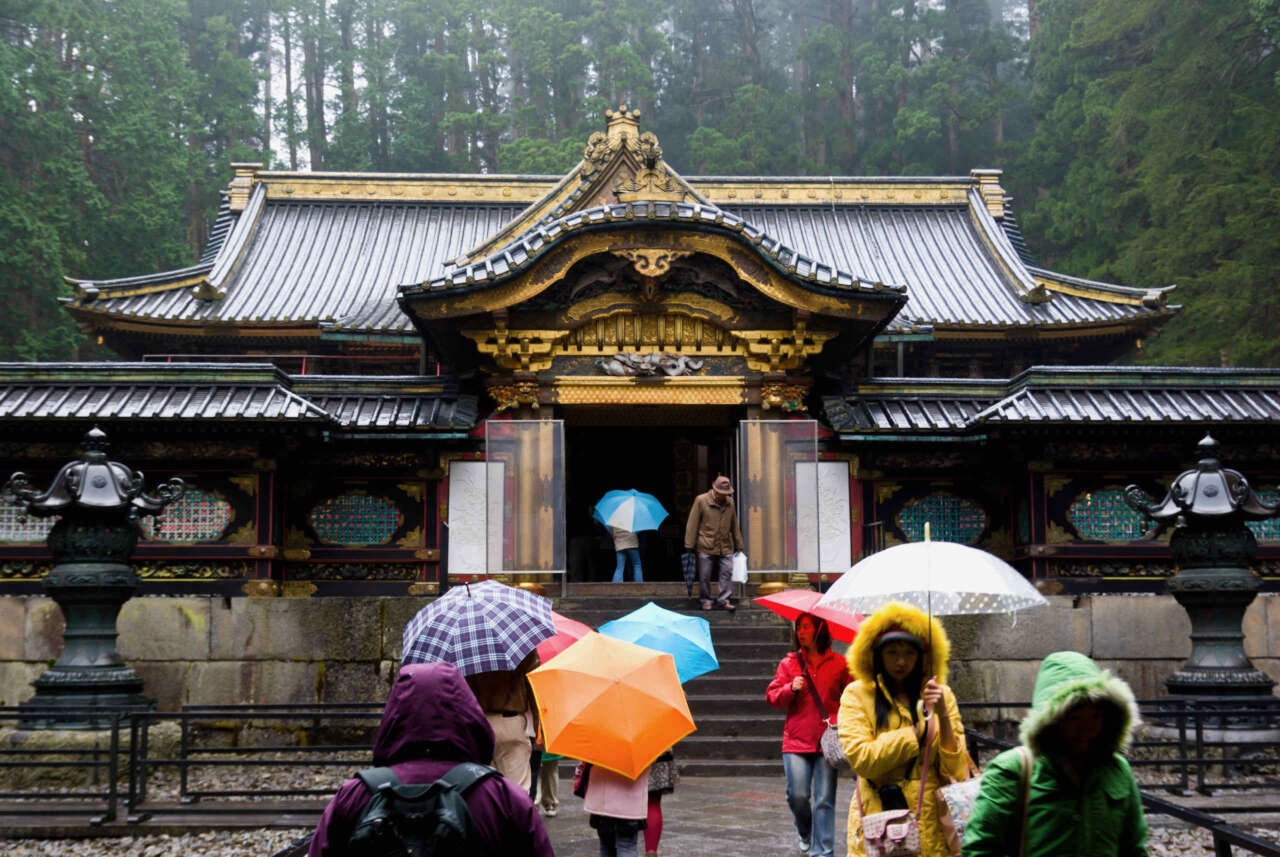
The Taiyuin Mausoleum honours Tokugawa Iemitsu (1604–1651), the third Tokugawa shogun, and is also part of the UNESCO World Heritage site.
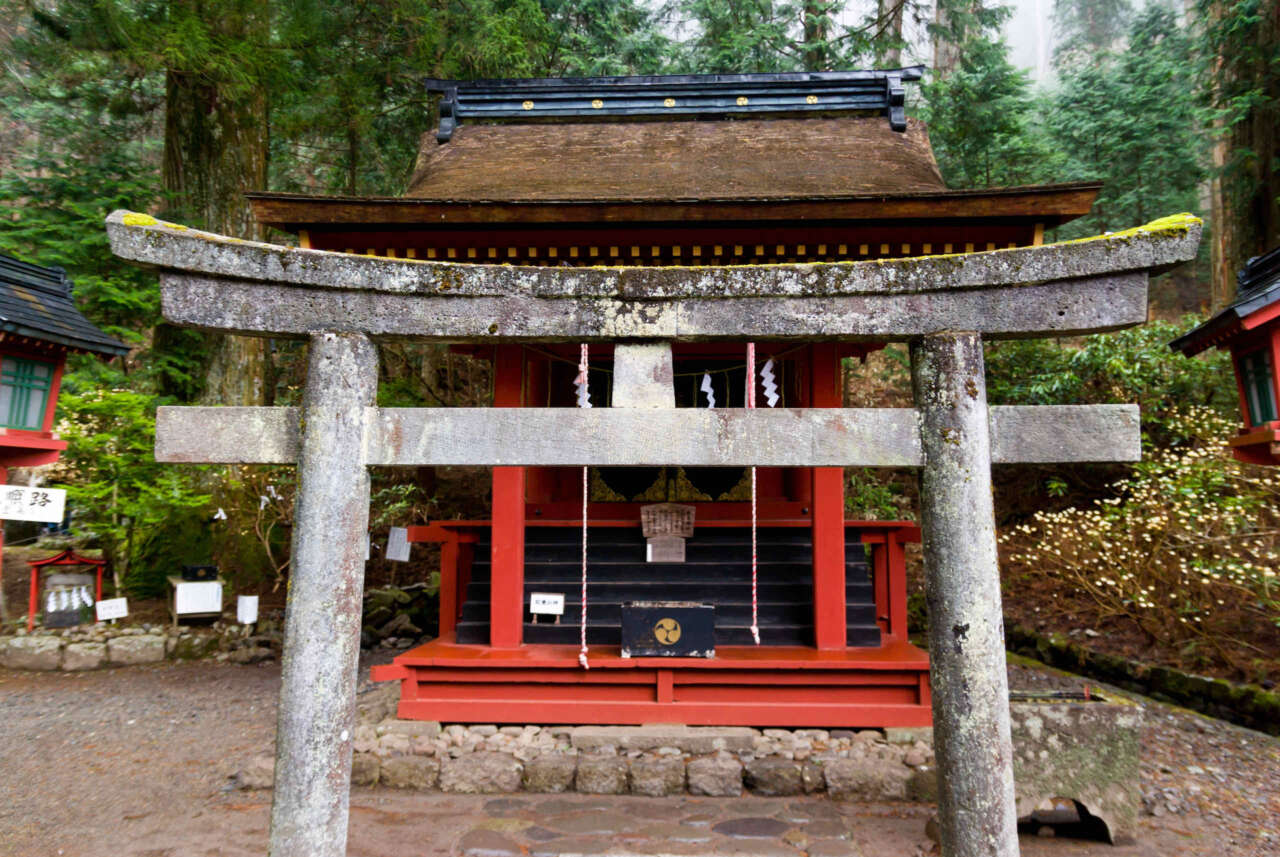
Futarasan shrine enshrines three deities: Ōkuninushi, Tagorihime, and Ajisukitakahikone, and is part of the Nikko UNESCO World Heritage Site.
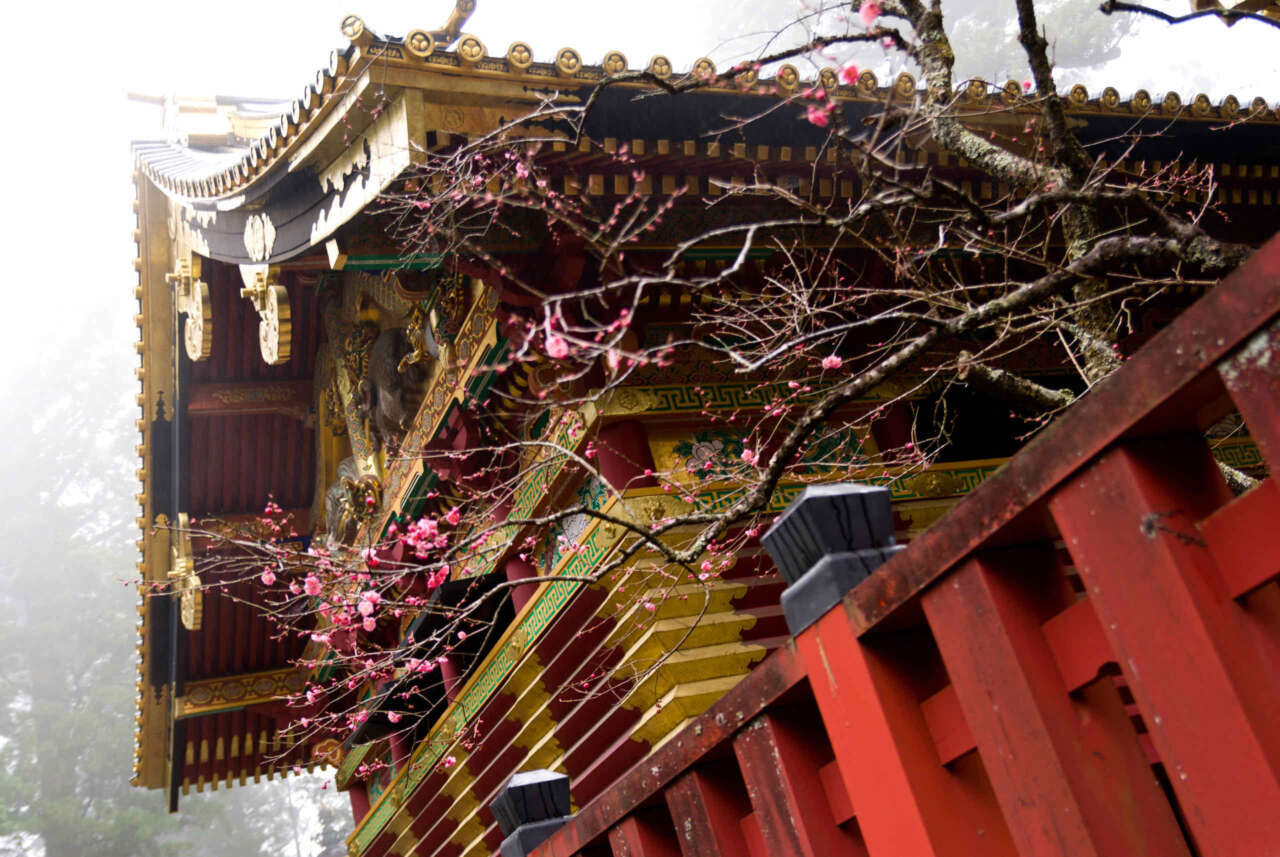
Toushouguu Shrine is the most famous shrine in Nikko and the final resting place for the remains of Japan's greatest shogun, Tokugawa Ieyasu.
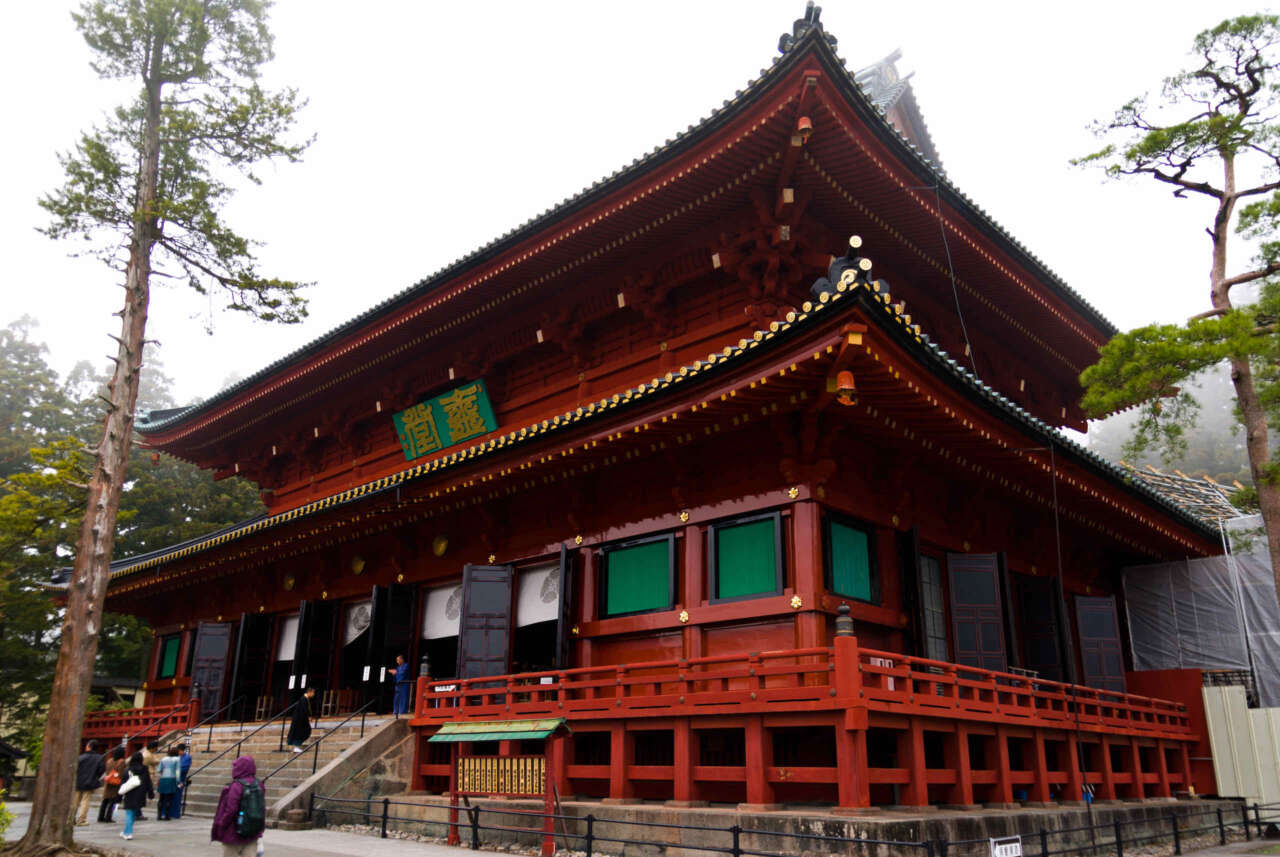
Rinnouji Temple is a Tendai Buddhist temple in the city of Nikko. It is part of the Shrines and Temples of Nikko UNESCO World Heritage Site.
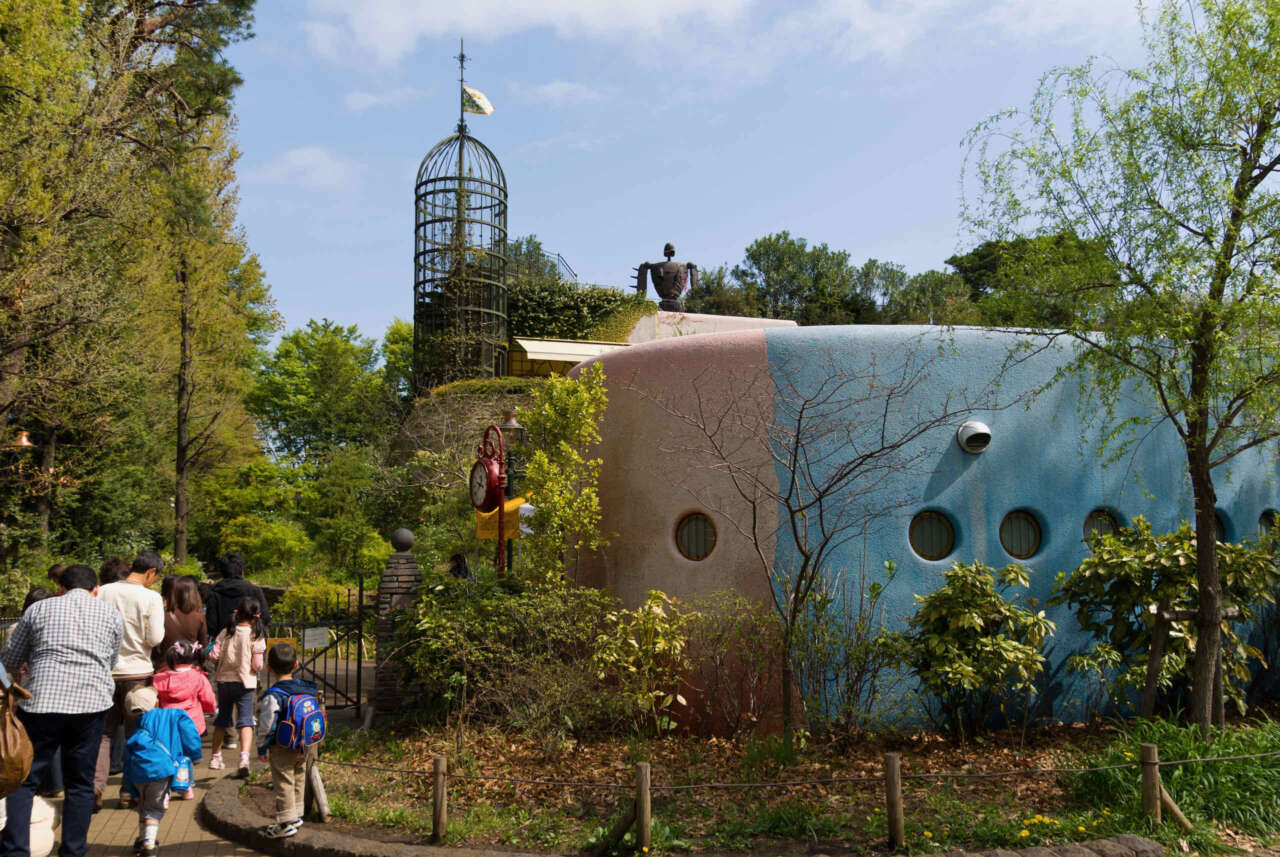
The Ghibli Museum is dedicated to the creative output of Studio Ghibli - an animation film studio featuring director Miyazaki Hayao.
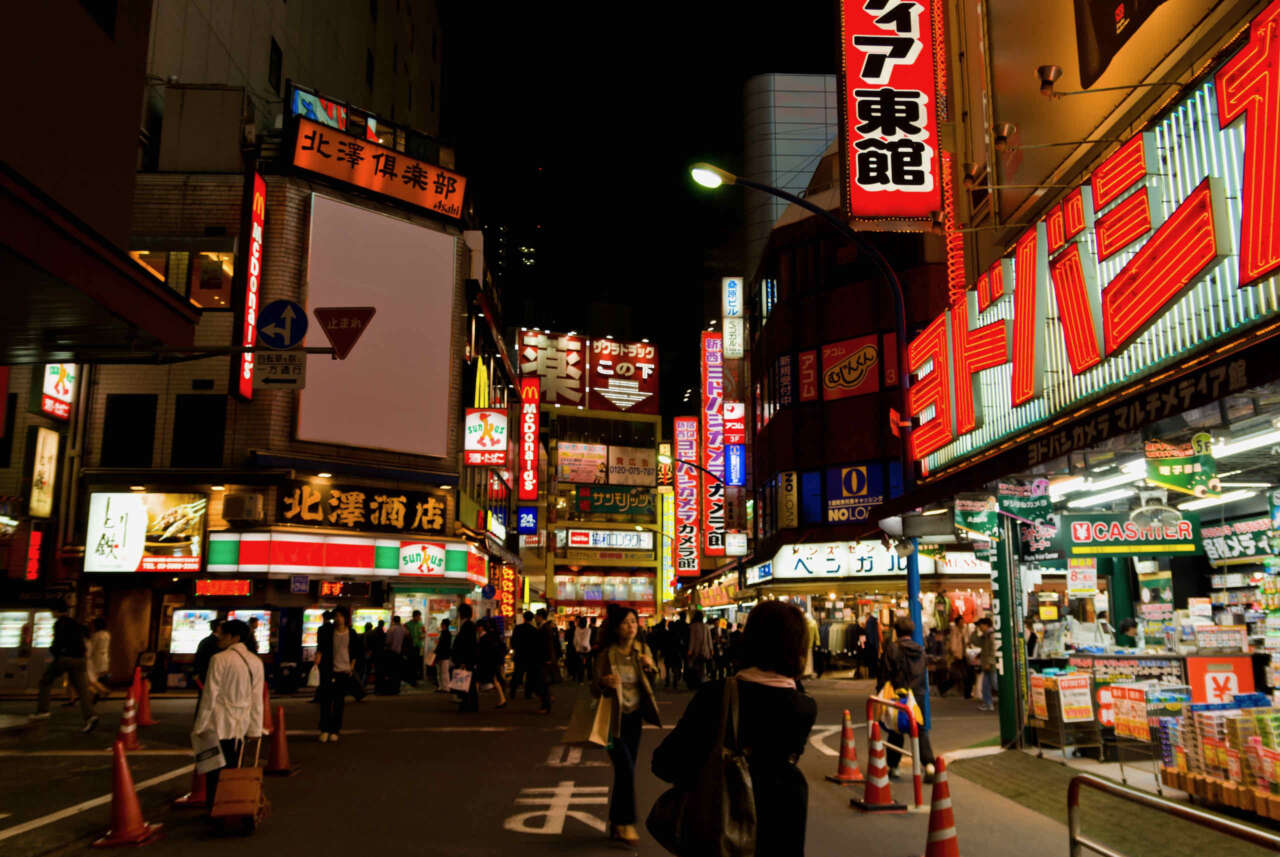
We had dinner at a ramen shop near the station. After dinner, we wandered around Shinjuku at night - particularly Electric Street (電気街).
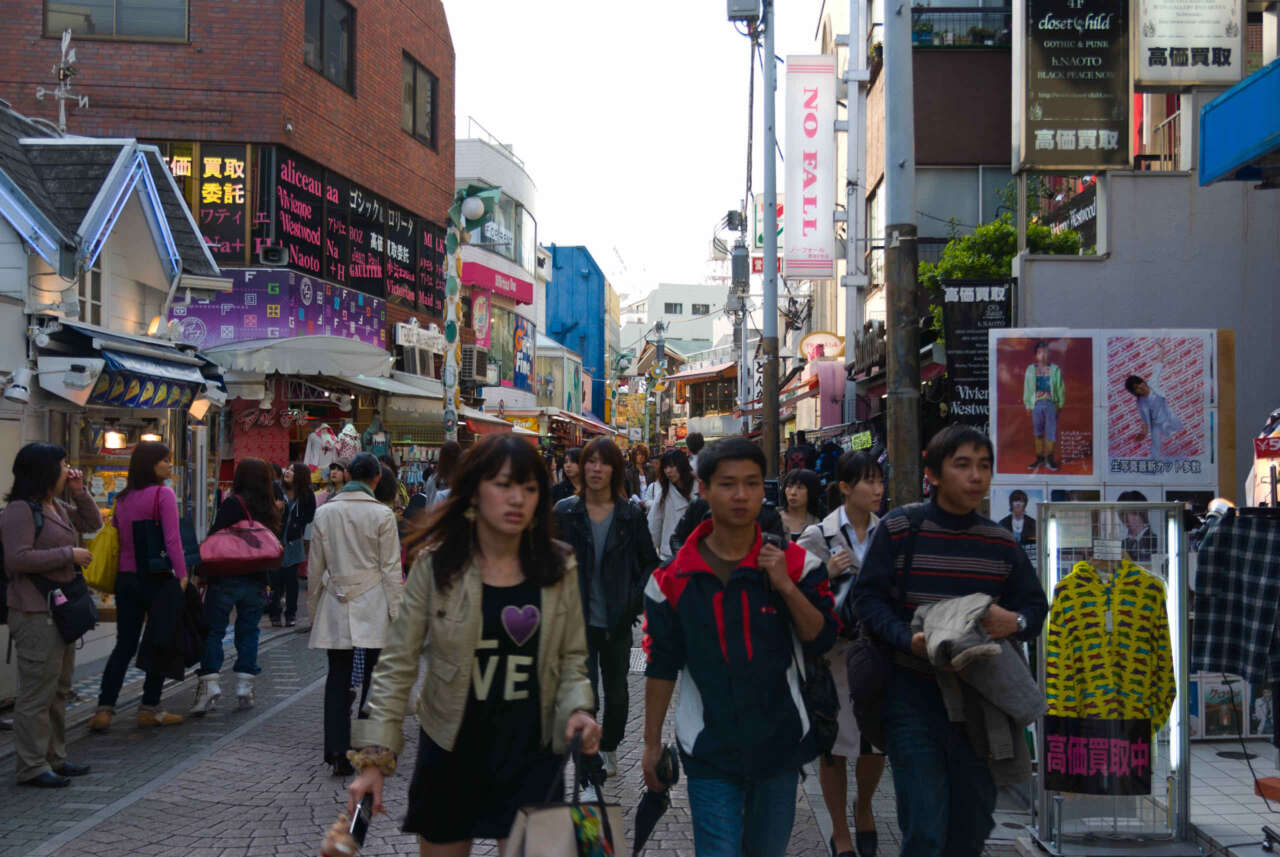
Harajuku has been epitomised in popular culture as a hang-out for rebellious Japanese teenagers with their own fashion style.

The Hamarikyu Garden used to belong to a daimyo (feudal lord) during the Edo period and used for wild duck hunting and falconry.
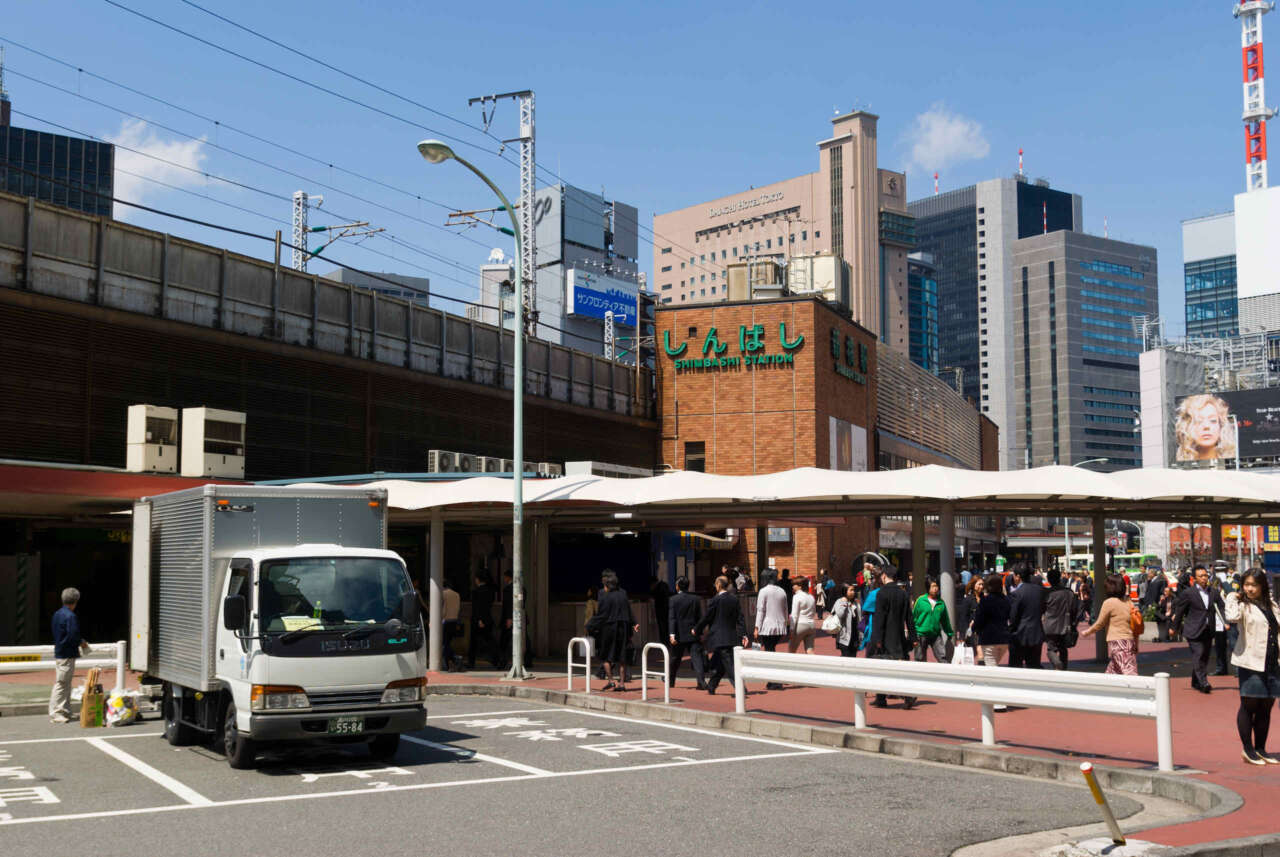
Shinbashi ("New Bridge") was a bridge built across the Shiodome River (since filled in). Today, it is a railway hub and commercial centre.
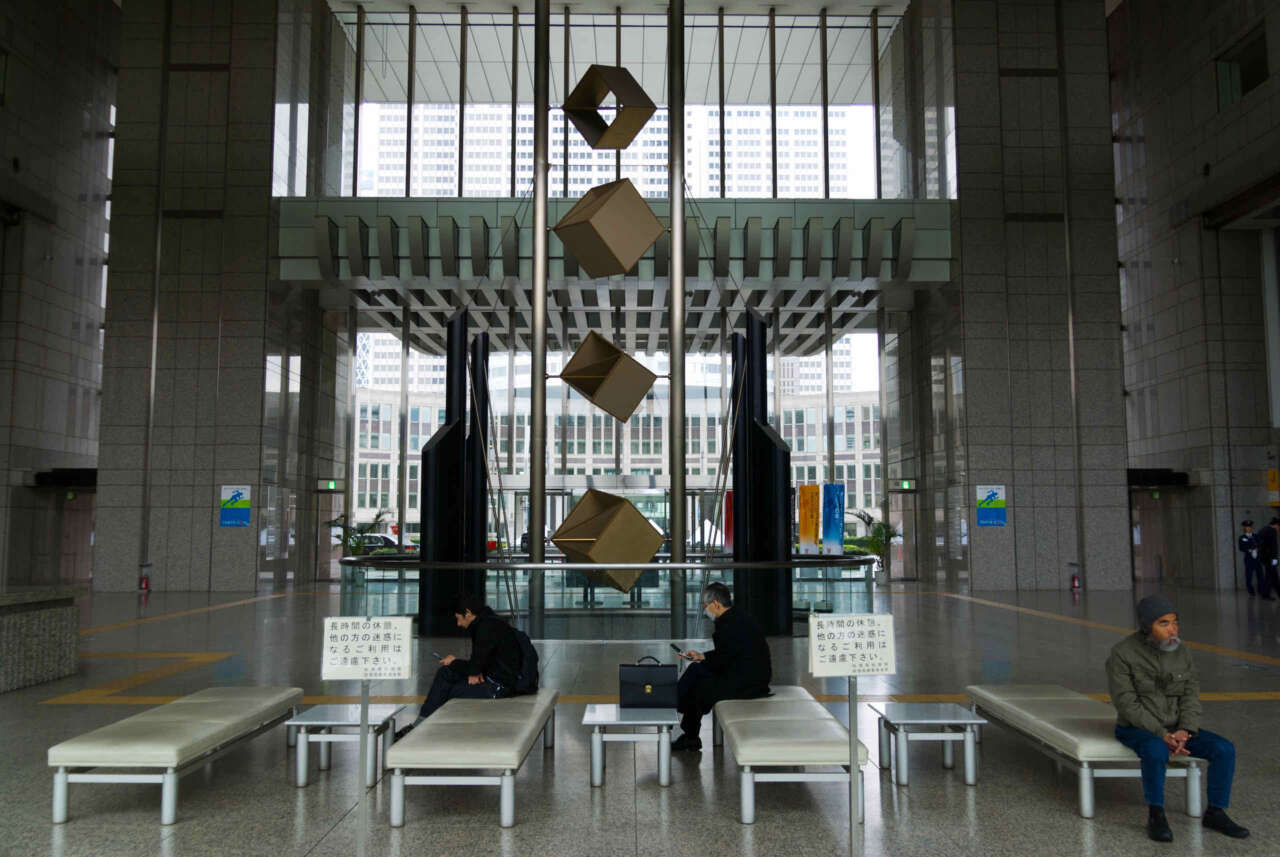
The Tokyo Metropolitan Government Building (東京都庁舎) is the tallest city hall in the world, with observation decks proving amazing views.
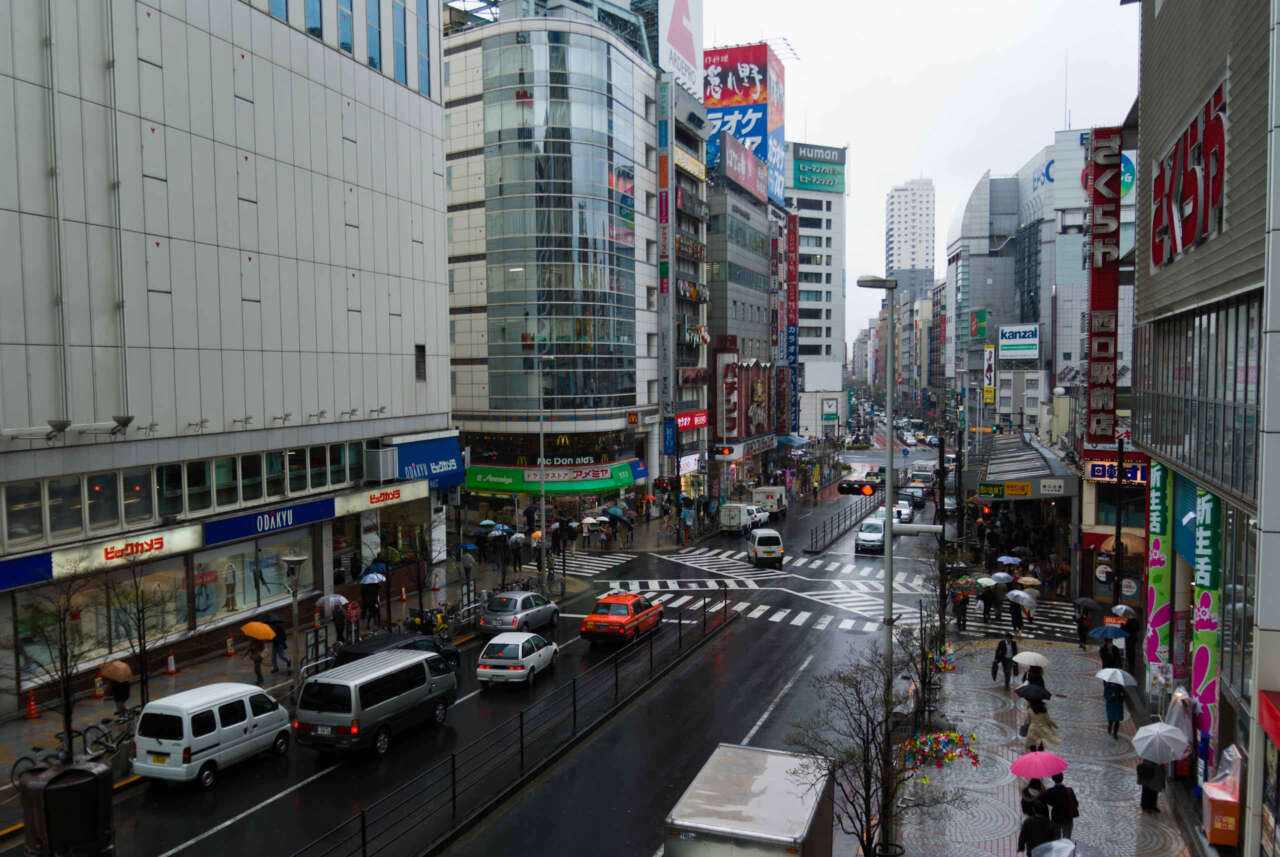
Shinjuku is a major commercial and administrative centre with many skyscrapers, and the busiest railway station in the world.
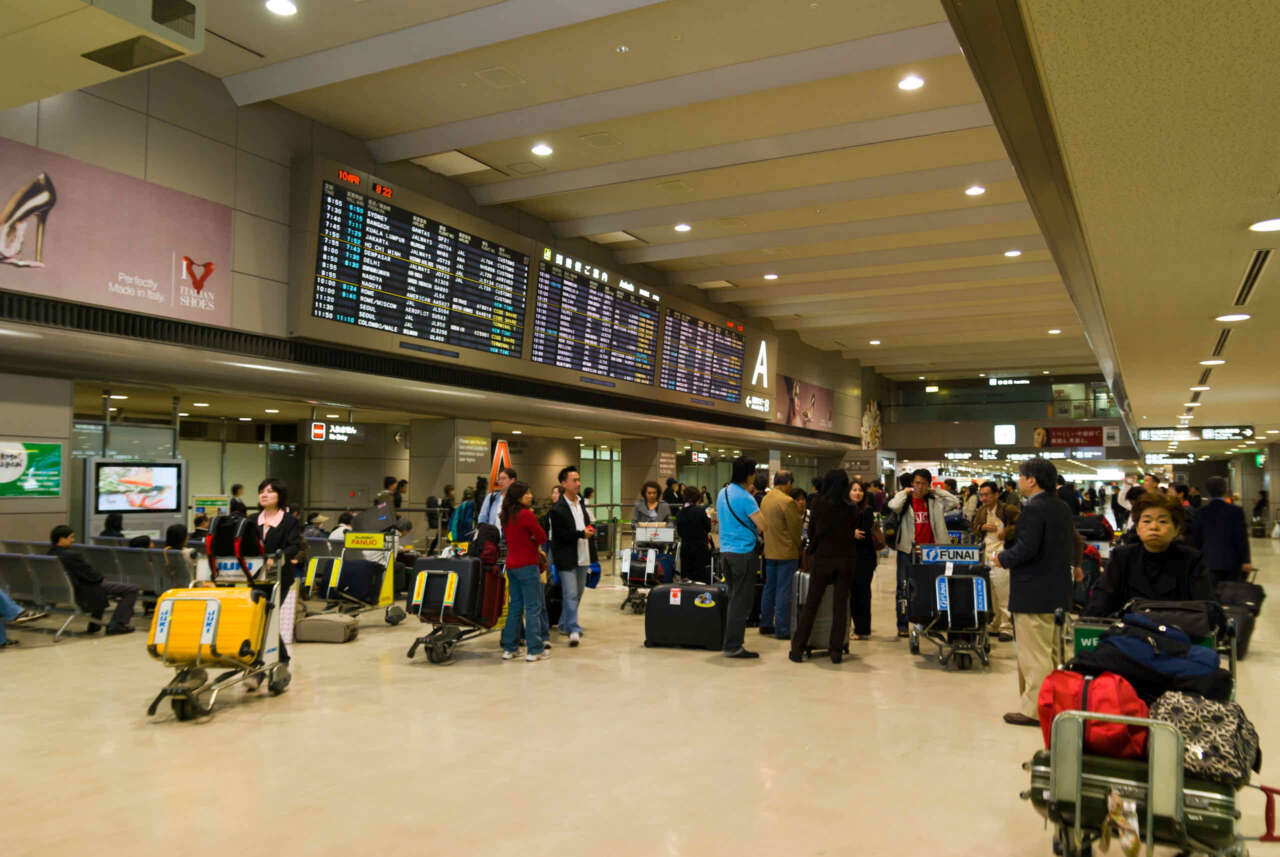
Our arrival in Tokyo from Sydney was early in the morning. The Qantas plane landed in Narita Airport, and we took the express to Shinjuku.
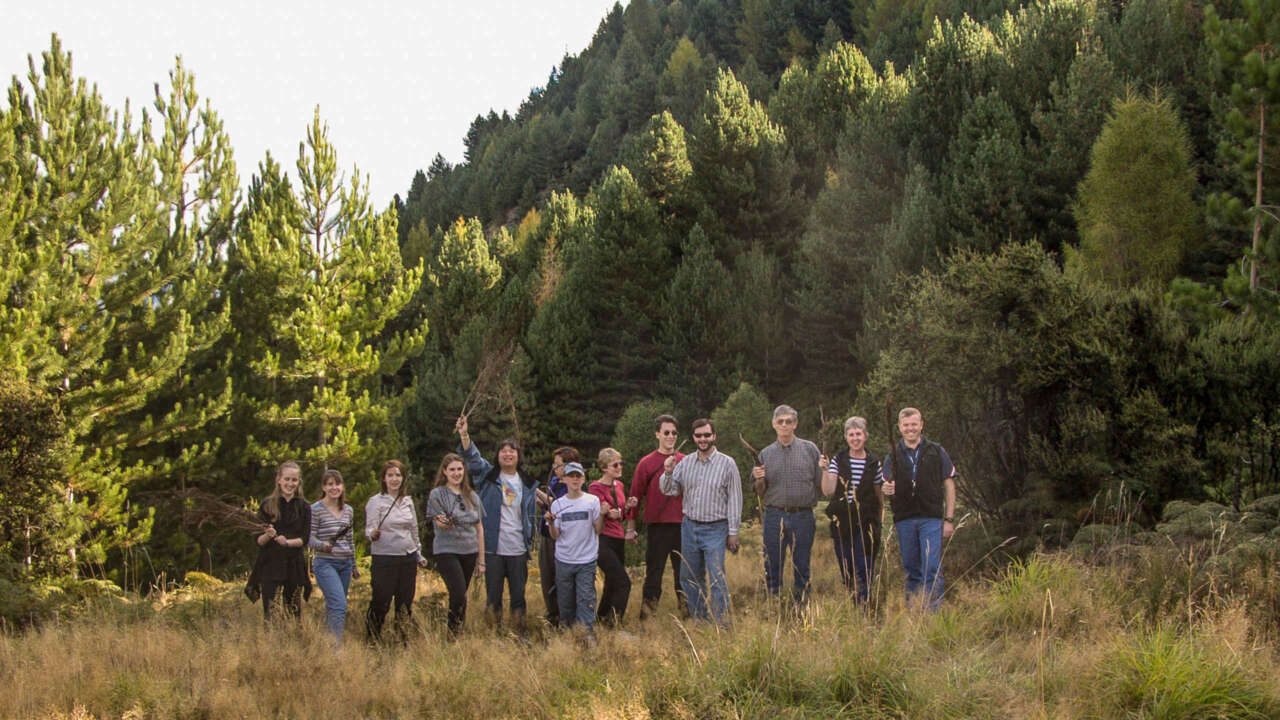
We did a Lord of the Rings Tour of New Zealand in April 2004 as part of Red Carpet Tours and visited many of the film locations.
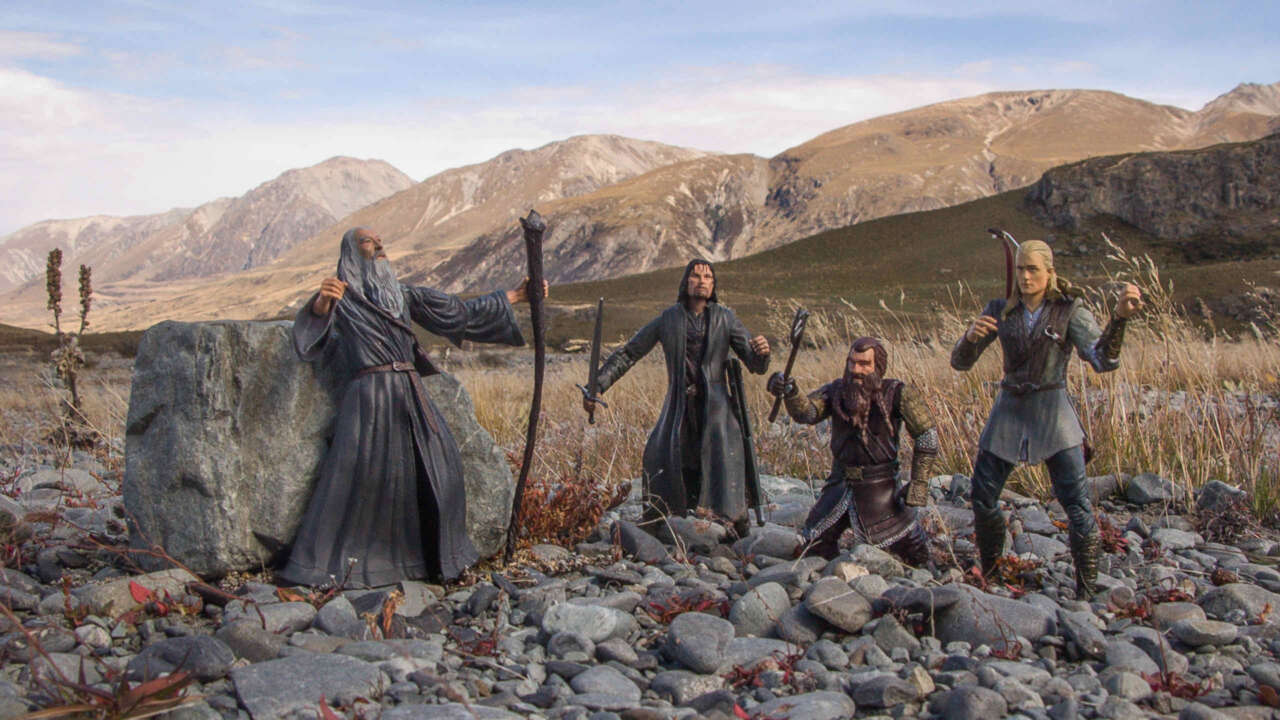
The "Action Figure" Version of the Lord of the Rings features action figurines re-enacting various scenes from the movies during our tour.
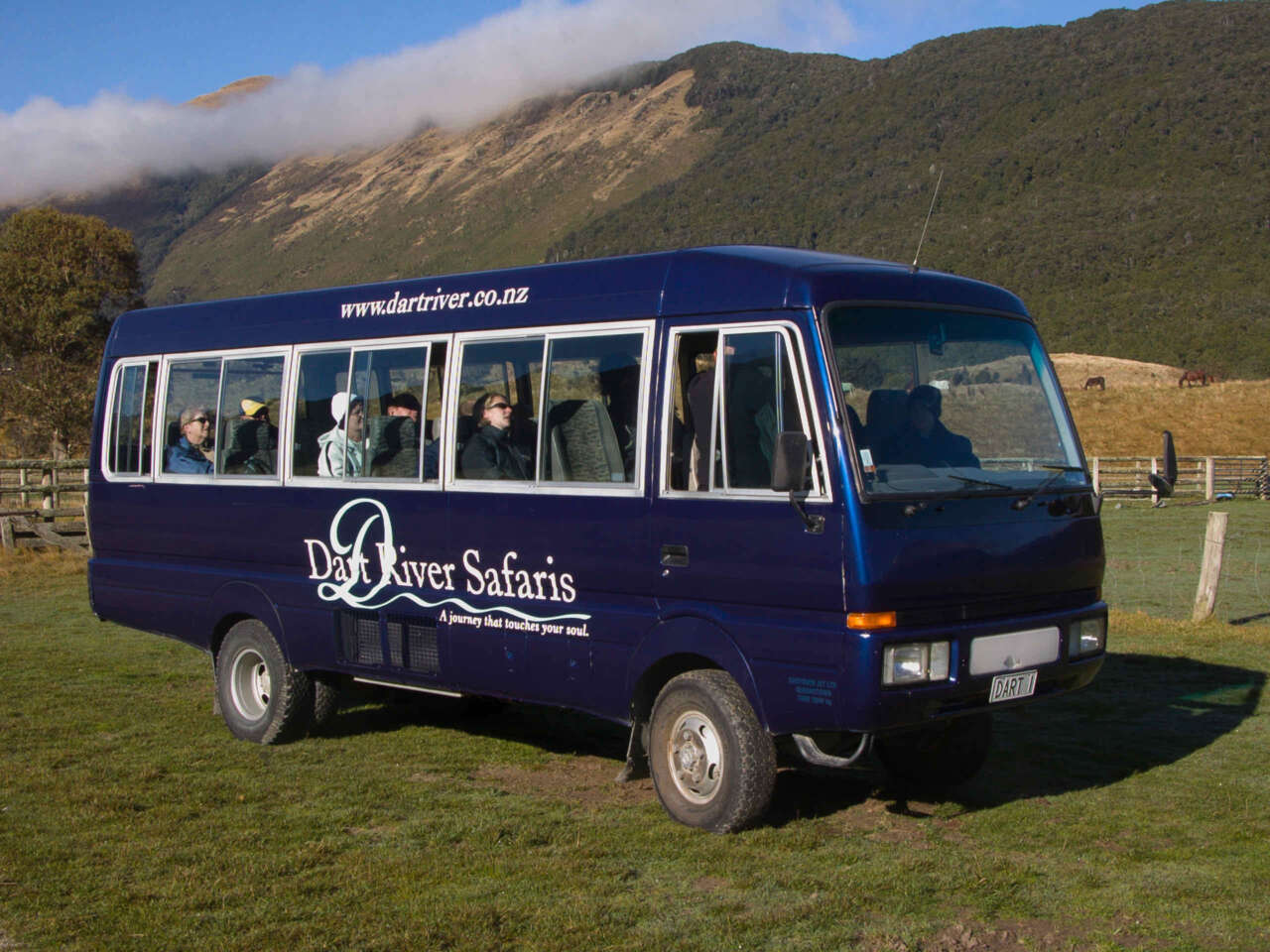
Today is the "optional activities" day of the tour before we flew from Queenstown to Auckland. Some of us went on the Dart River Safari.

We travelled from Te Anau to Queenstown, stopping by at Deer Park Heights, Arrowtown, Twelve Mile Delta, and Amon Hen.
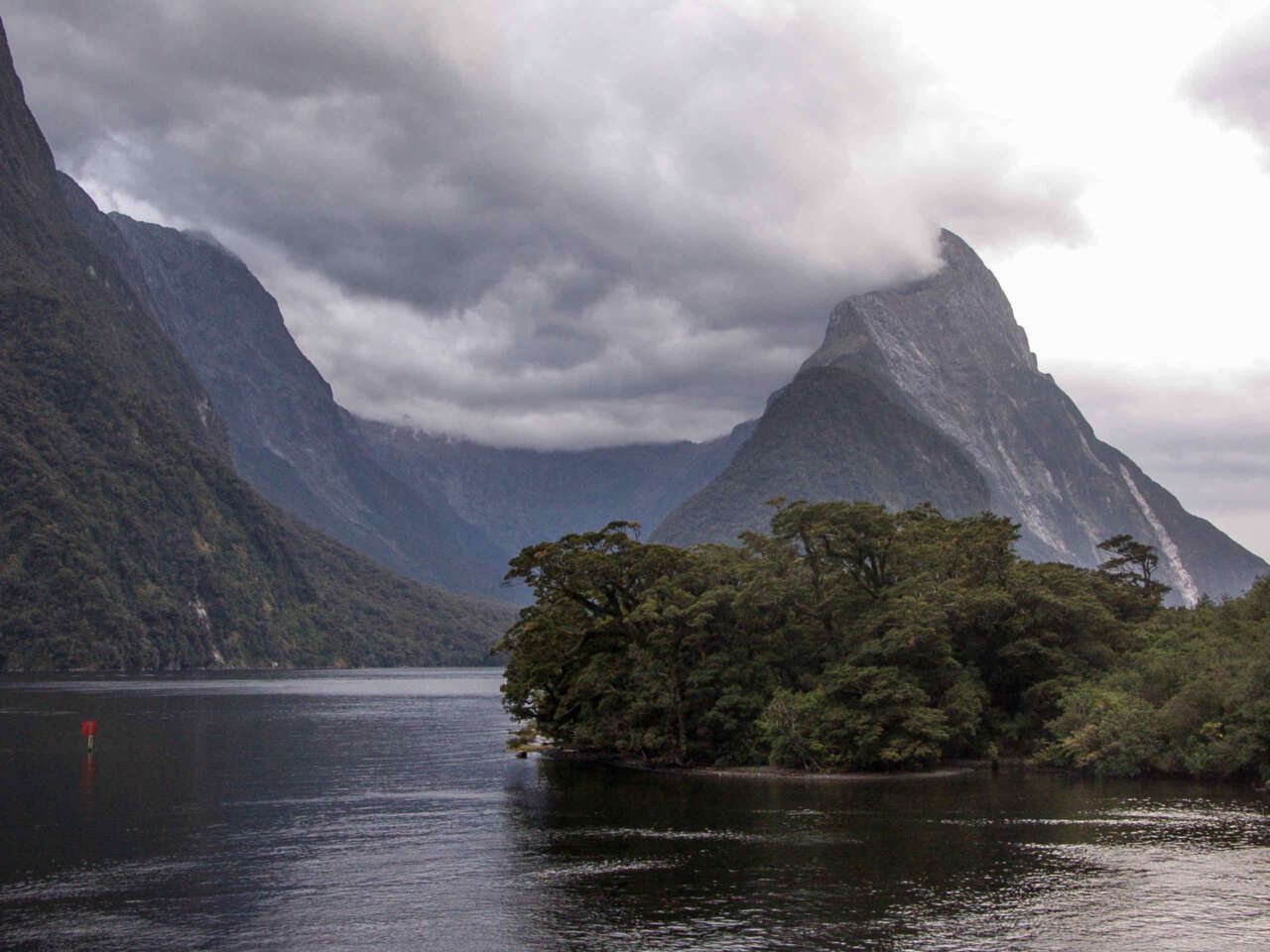
Today is a LOTR free day, as we travelled from Te Anau to visit the famous Milford Sound, and then returned back to Te Anau.

We left Cromwell to head off towards Mavora Lakes. In the afternoon, we arrived at the lakeside town of Te Anau.
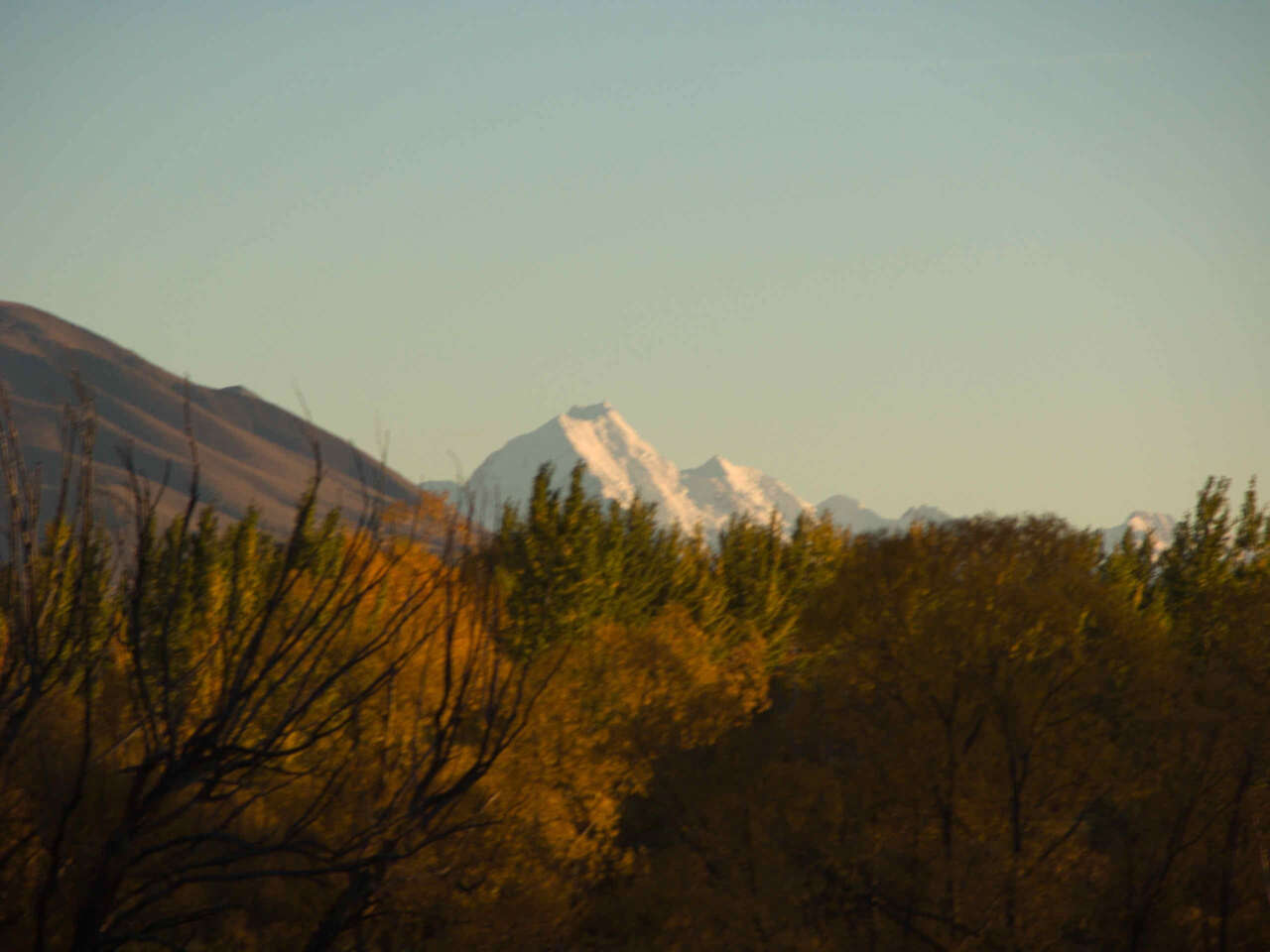
We left Twizel for Ben Ohau Station, then a pine forest (Flight to the Ford). We also visited Bonspiel Station and finished up at Cromwell.
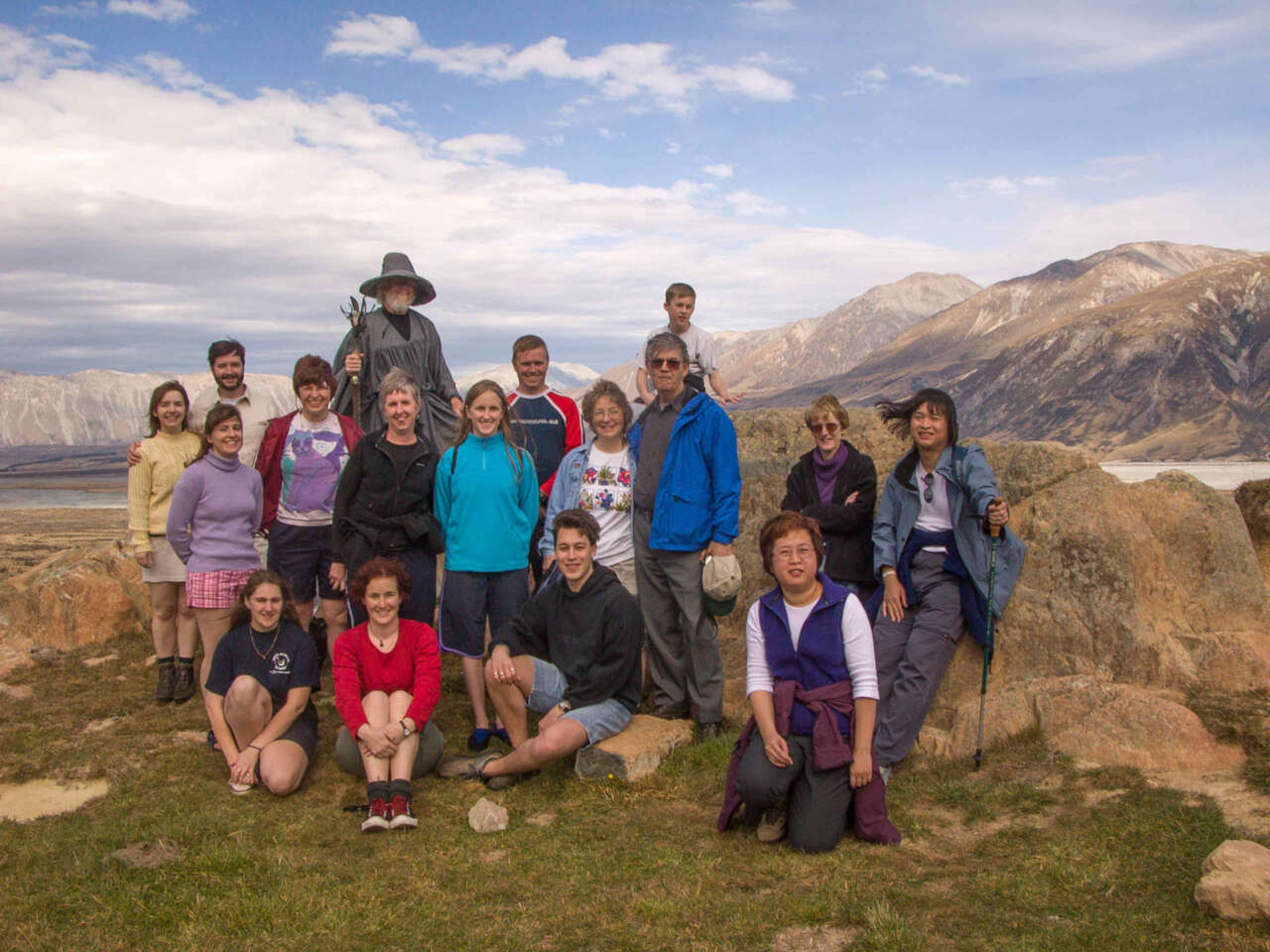
We left Christchurch to visit the Courts of Edoras (actually, Mt. Sunday). After that, we continued to Twizel via the beautiful Lake Tekapo.
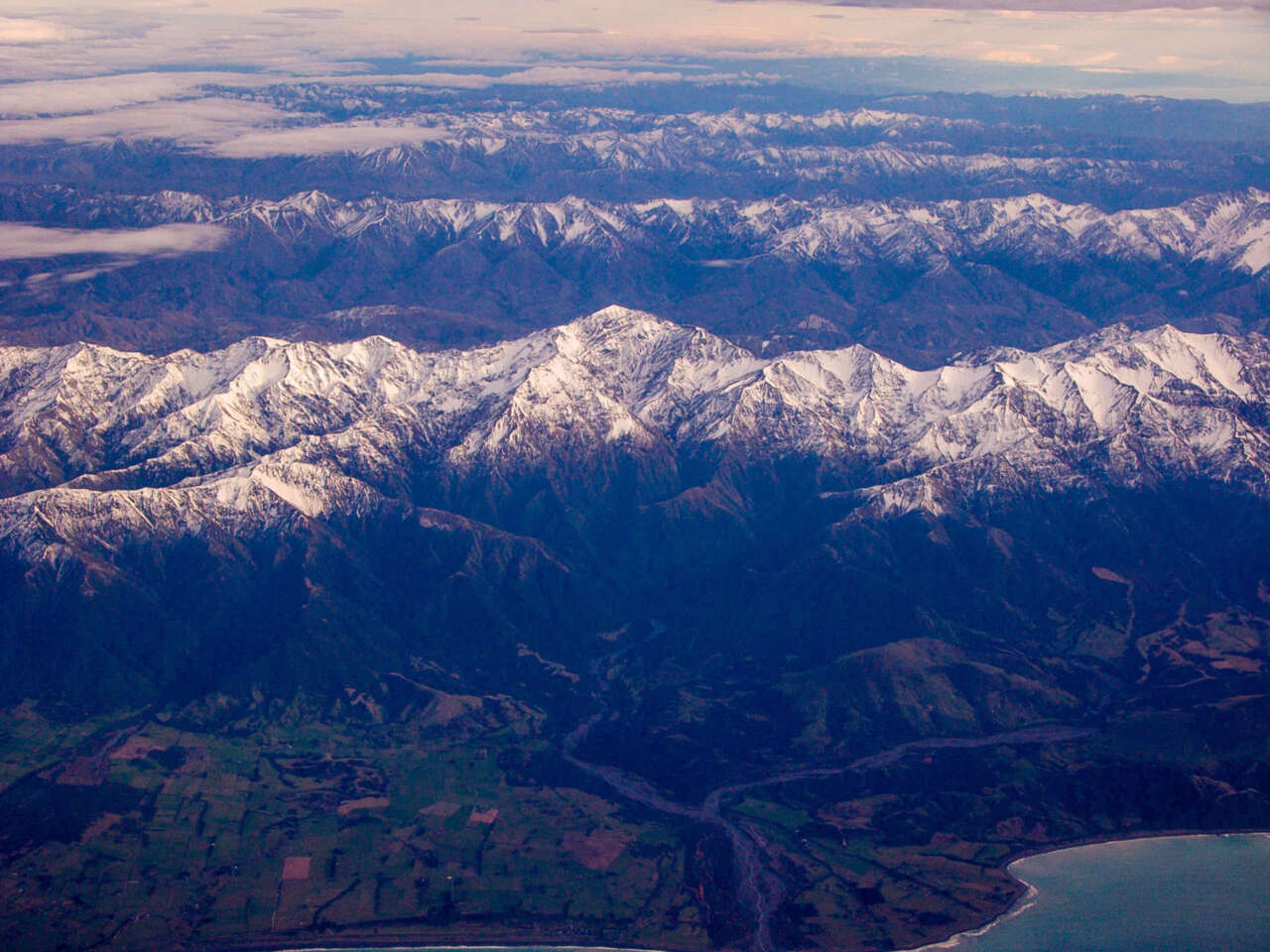
Today we flew out of Wellington to Christchurch. After that, we wandered around and visited the Art Gallery and Botanical Gardens.
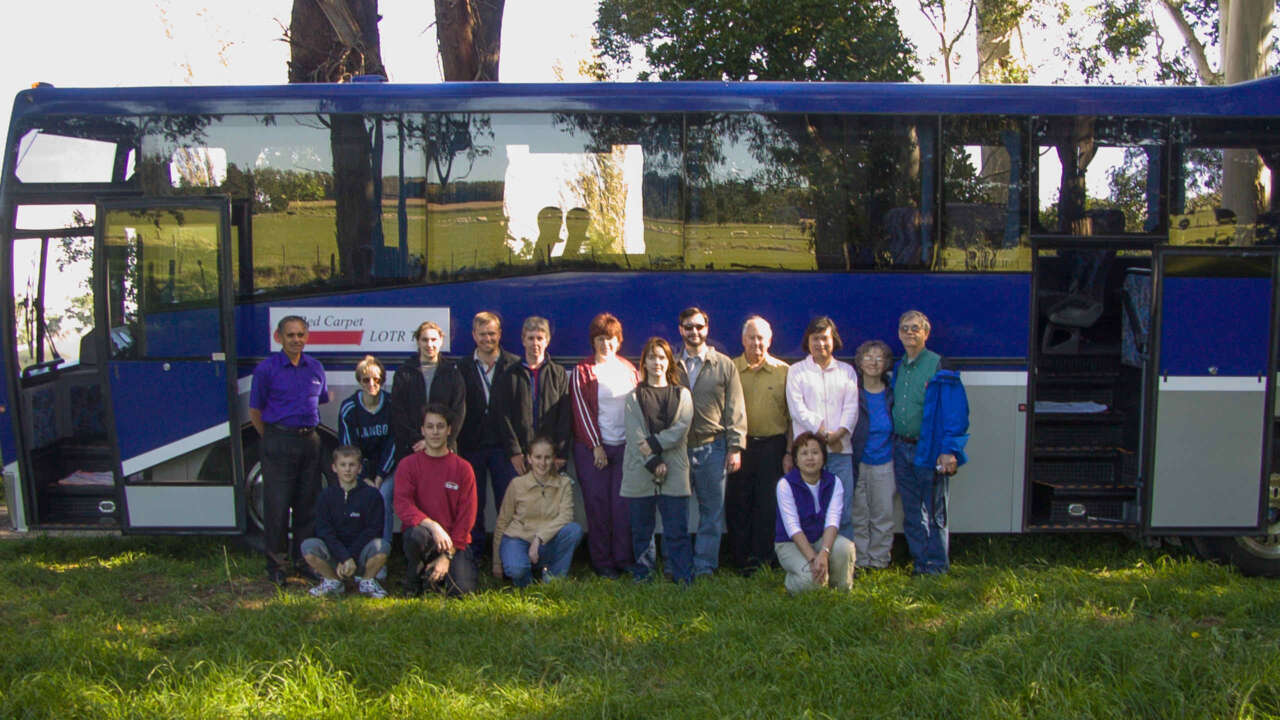
We explored Wellington and Featherston today, including WETA, Dry Creek Quarry (Helms Deep/Minas Tirith) and Hutt River (River Anduin).
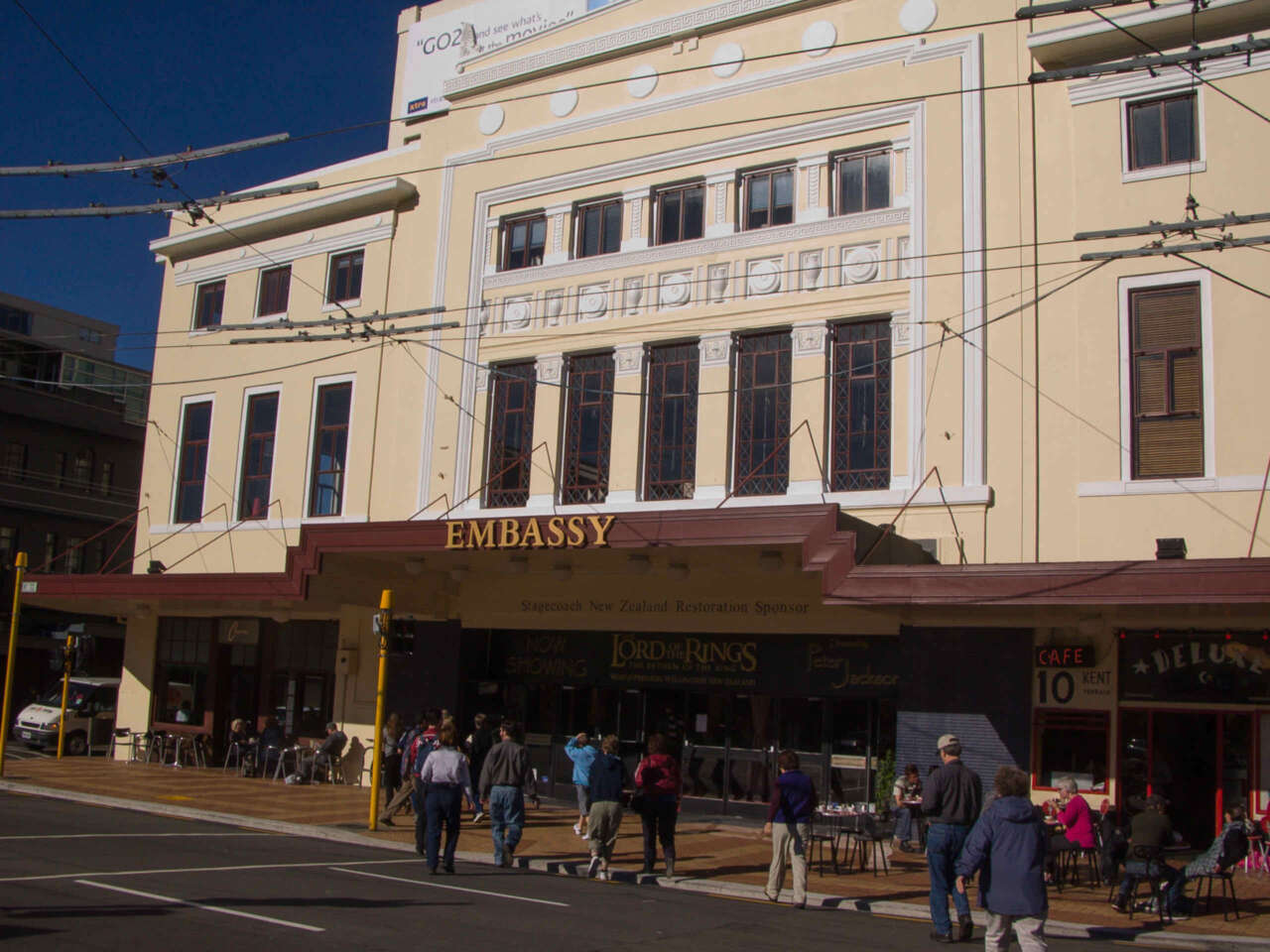
We left Ohakune to visit Mokai Gravity Canyon, then Mt Victoria and watched Return of the King at Embassy Theatre in Wellington.
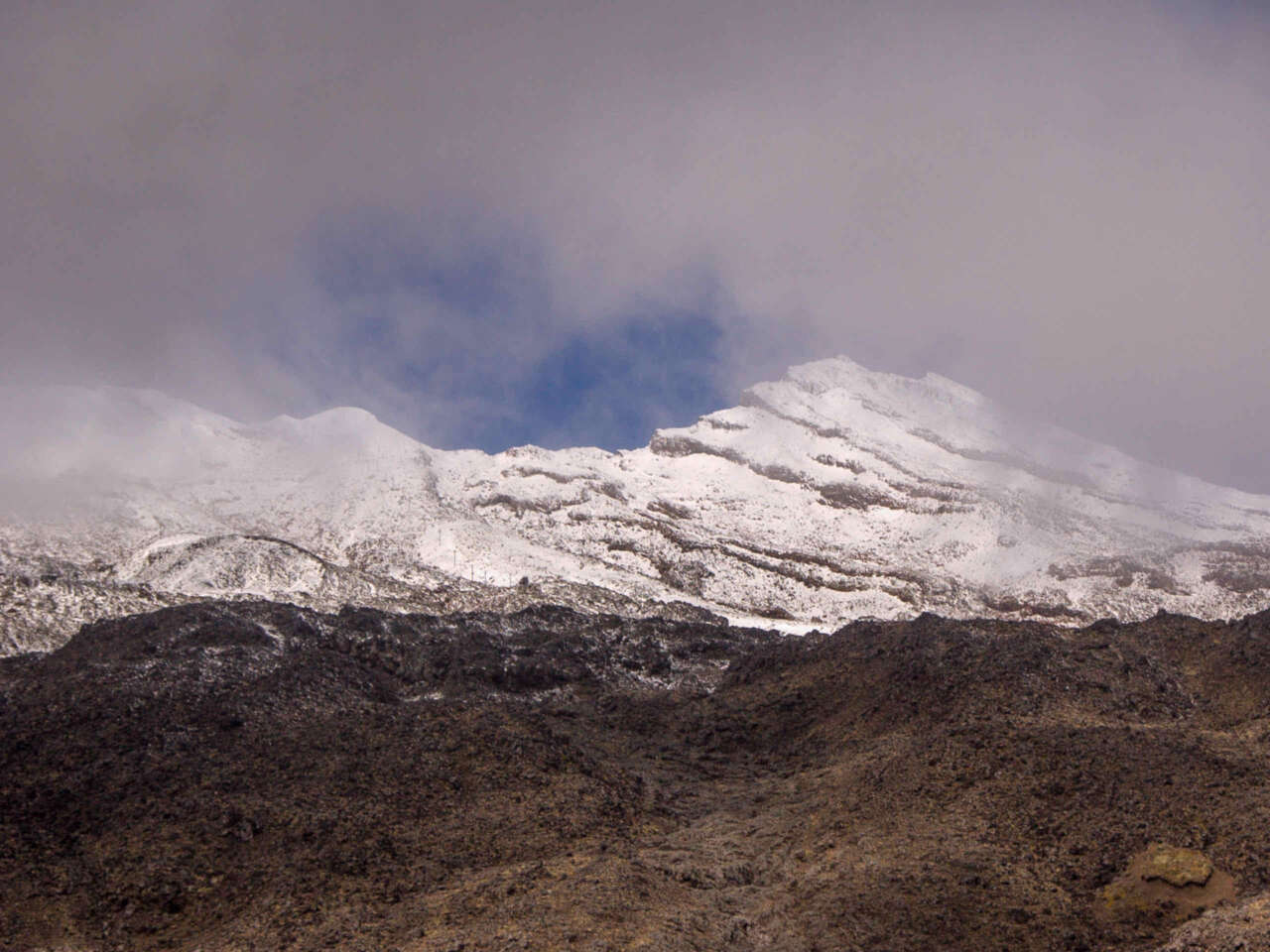
We left Rotorua and stopped at Wai-O-Tapu, Huka Falls, Taupo, Meads Wall, and finished in Okahune to sleep in Billy Boyd's bed.
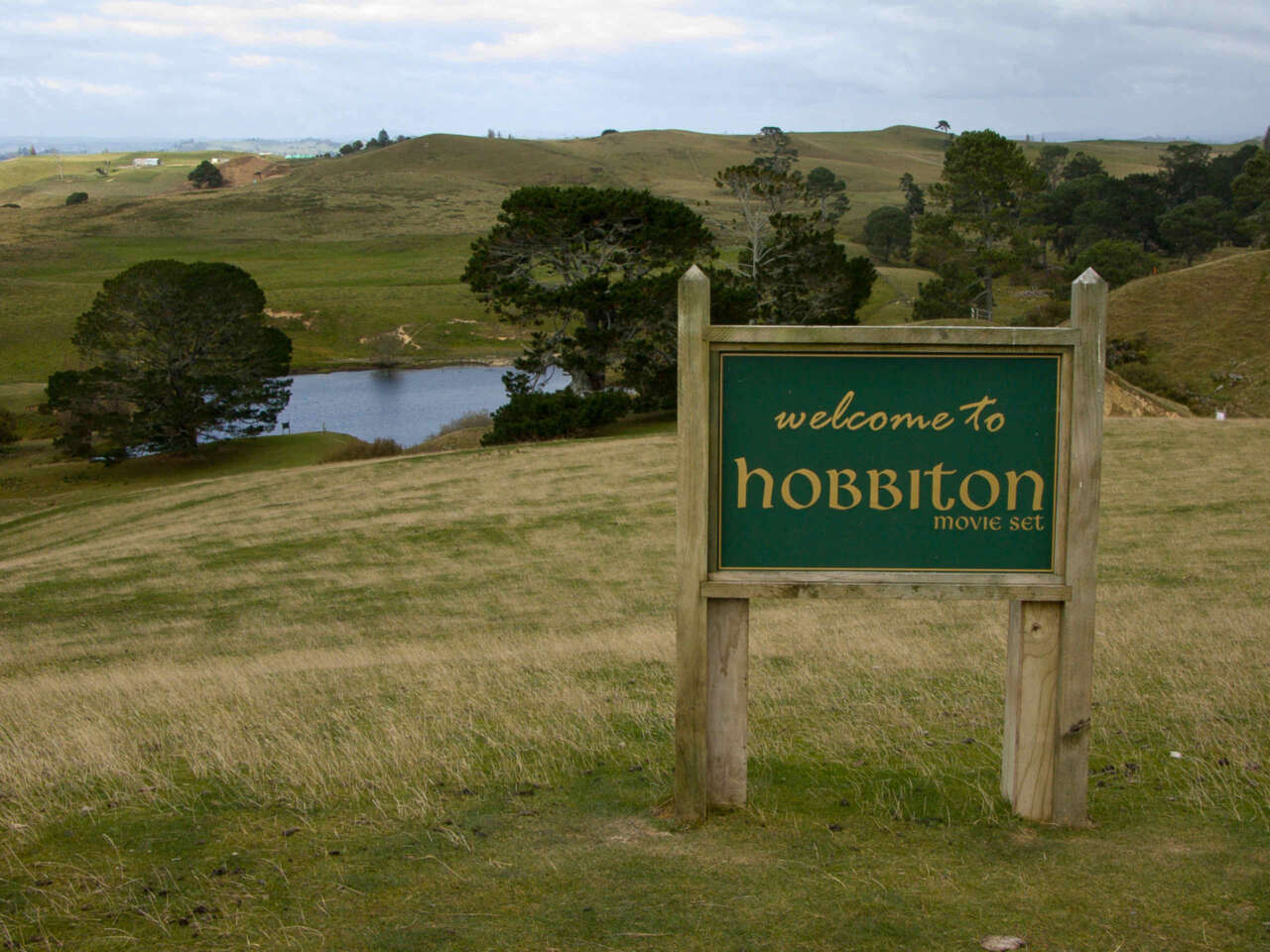
We visited the Hobbiton Movie Set, and then stopped at Rotorua where we went to the Tamaki Maori Village for a traditional Maori Welcome.
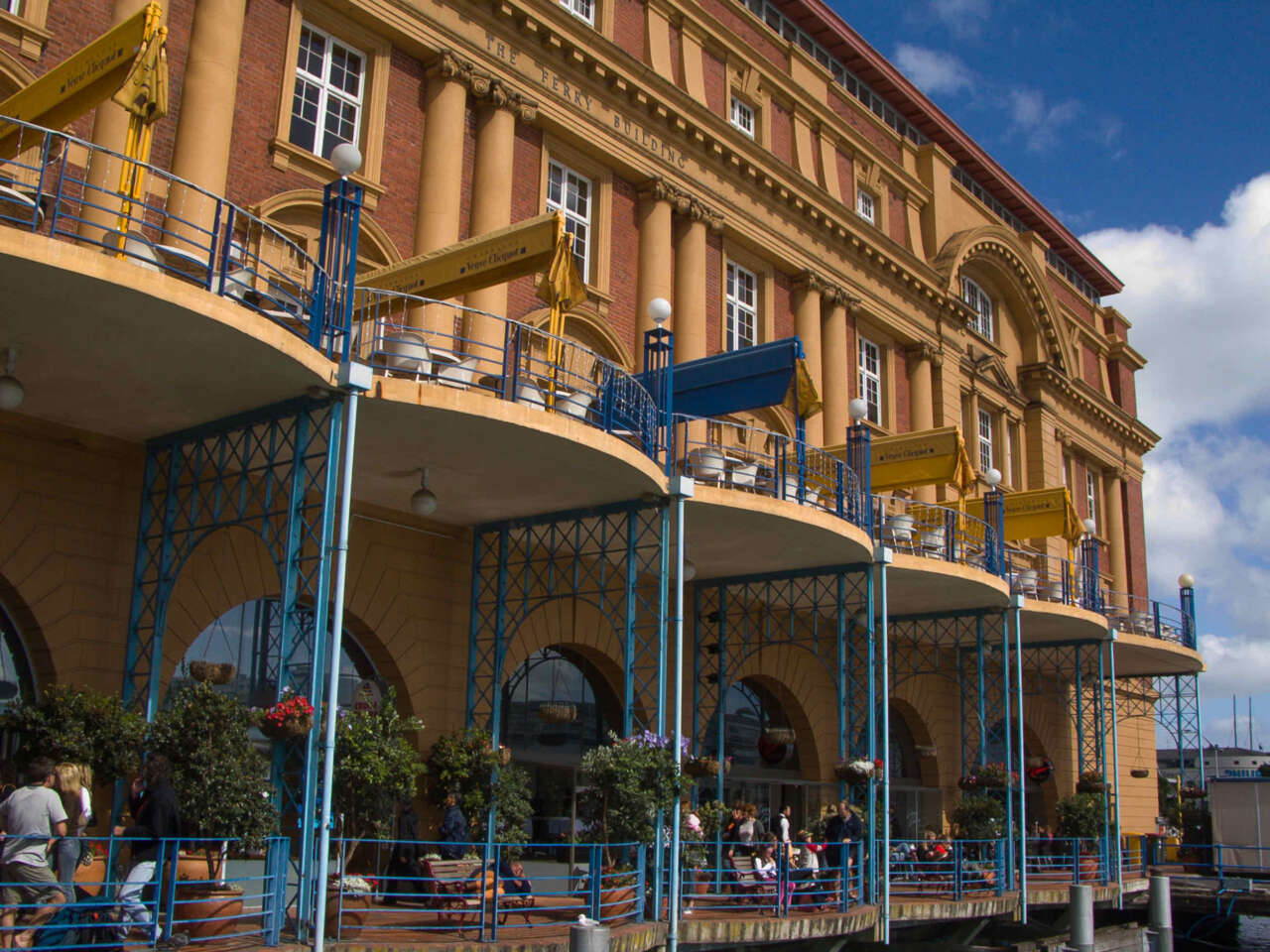
We arrived at Auckland on Good Friday around 9pm. We spent Saturday around the city, and Sunday around Takapuna.

